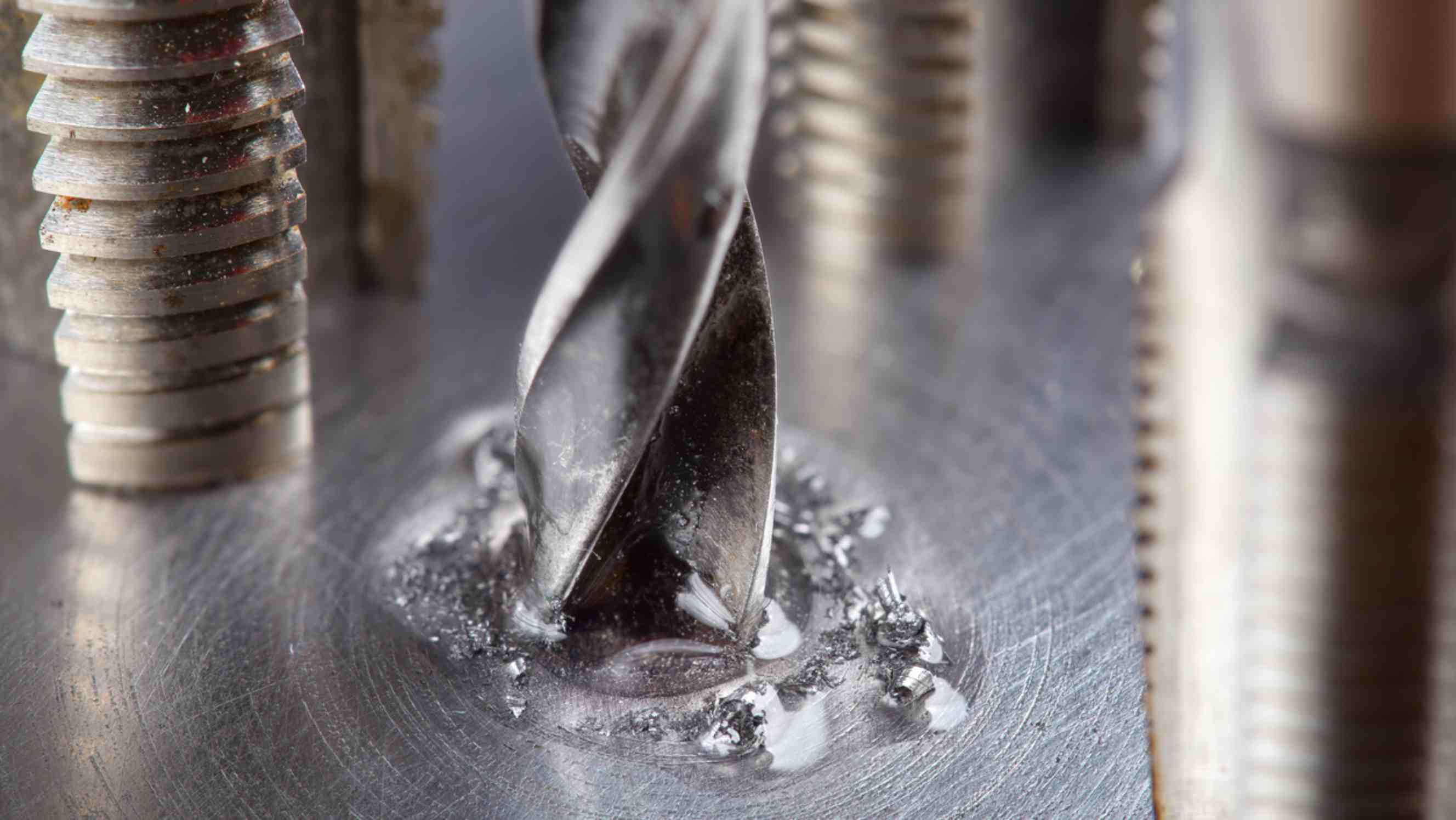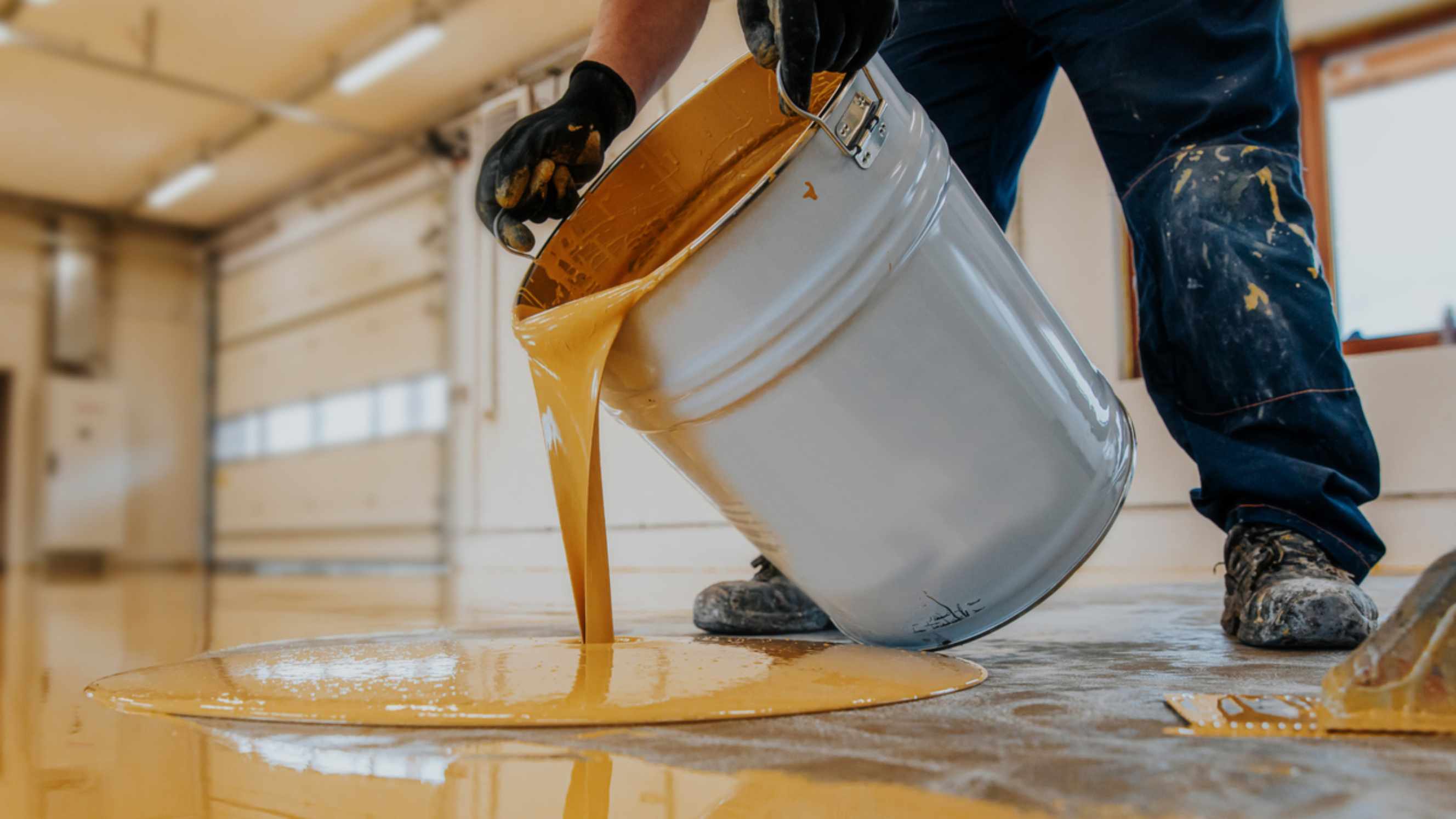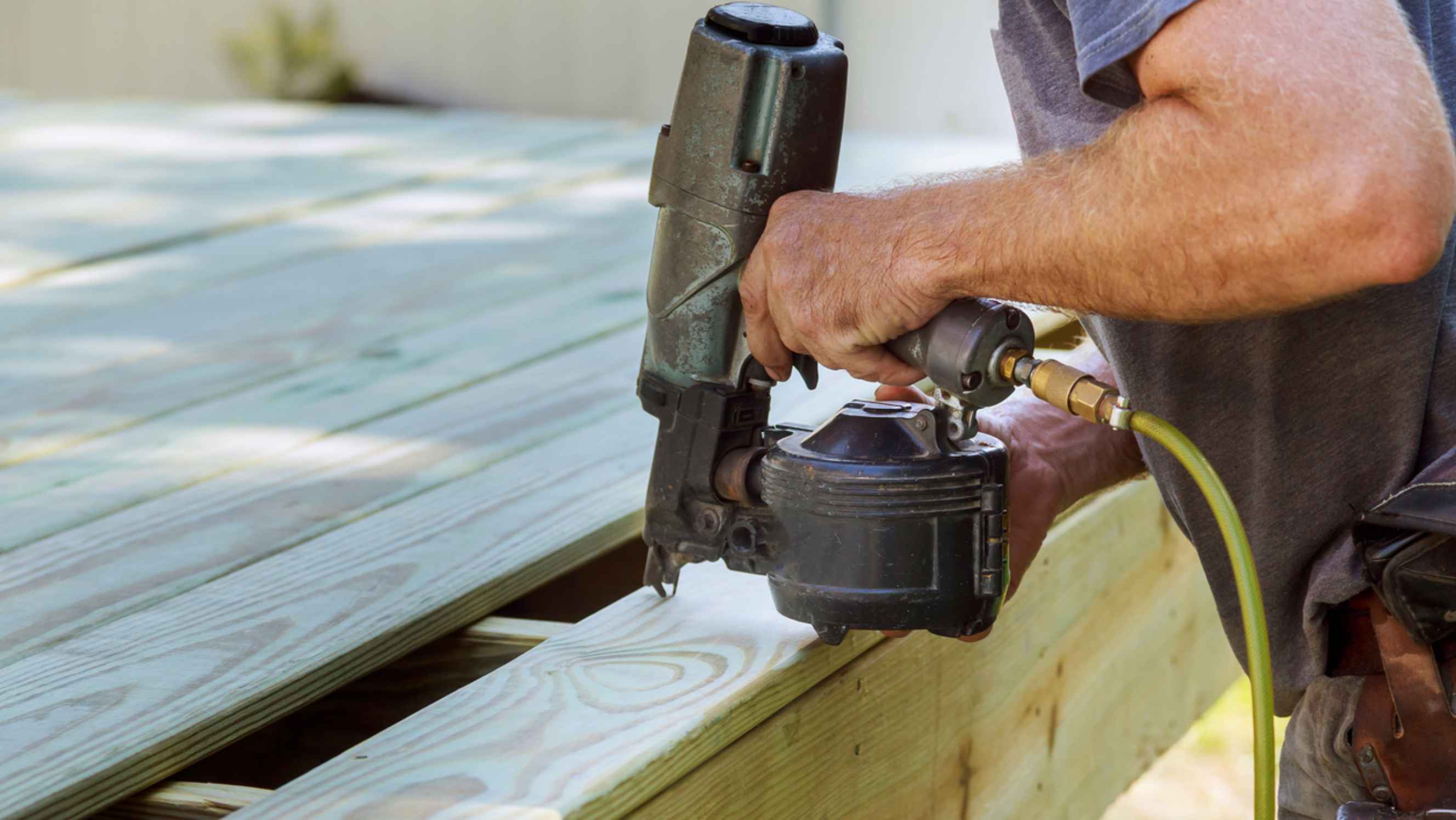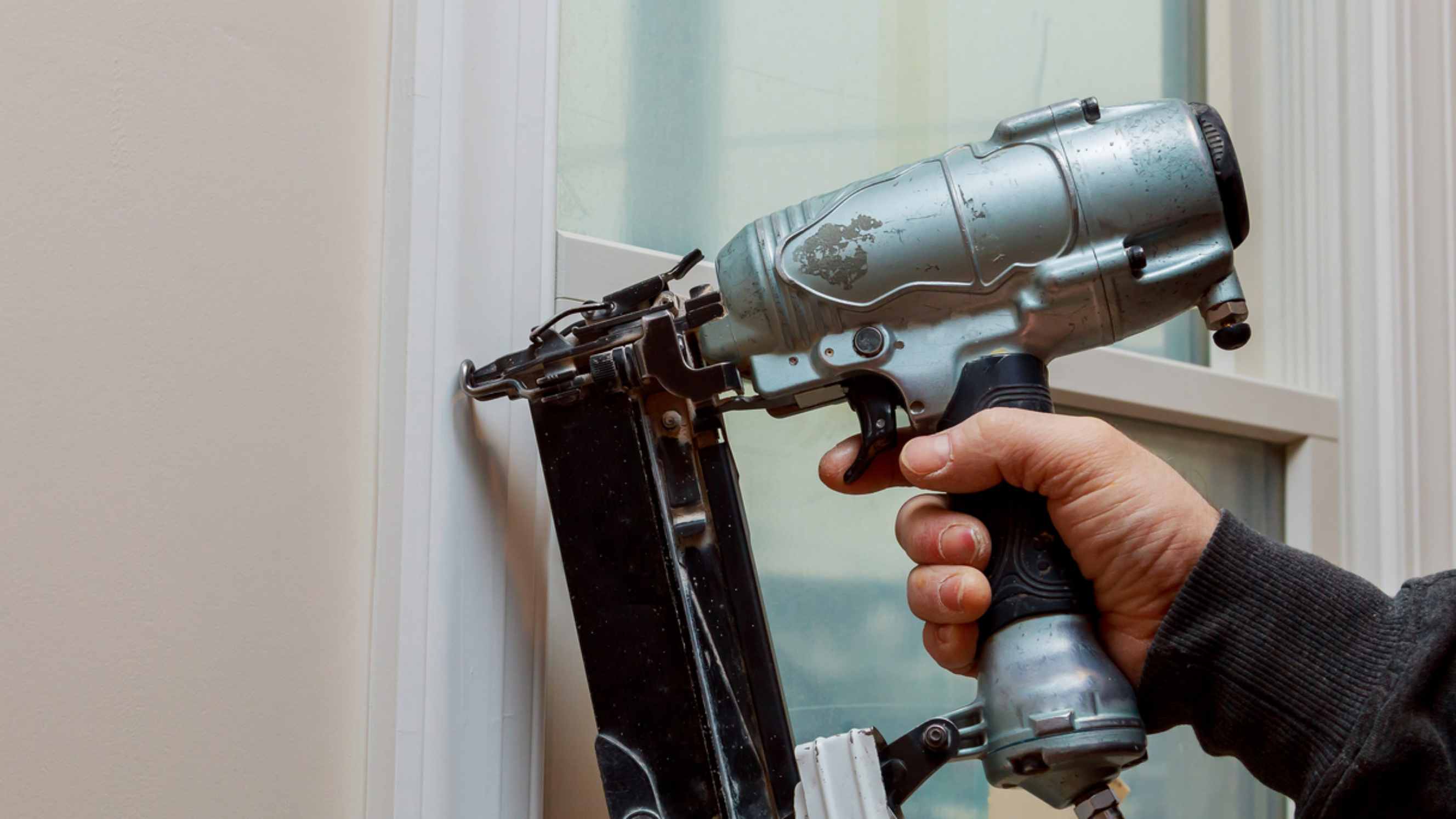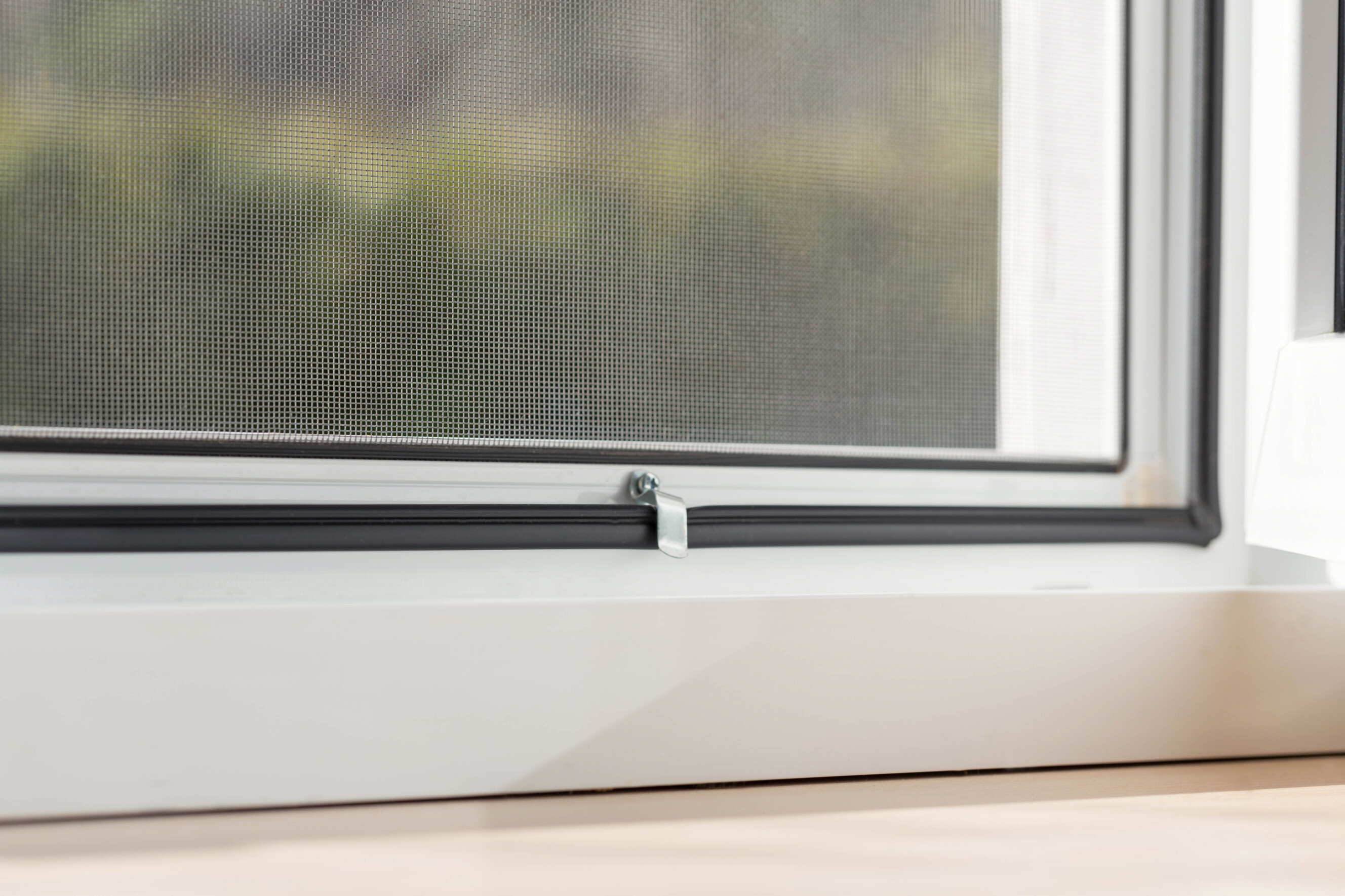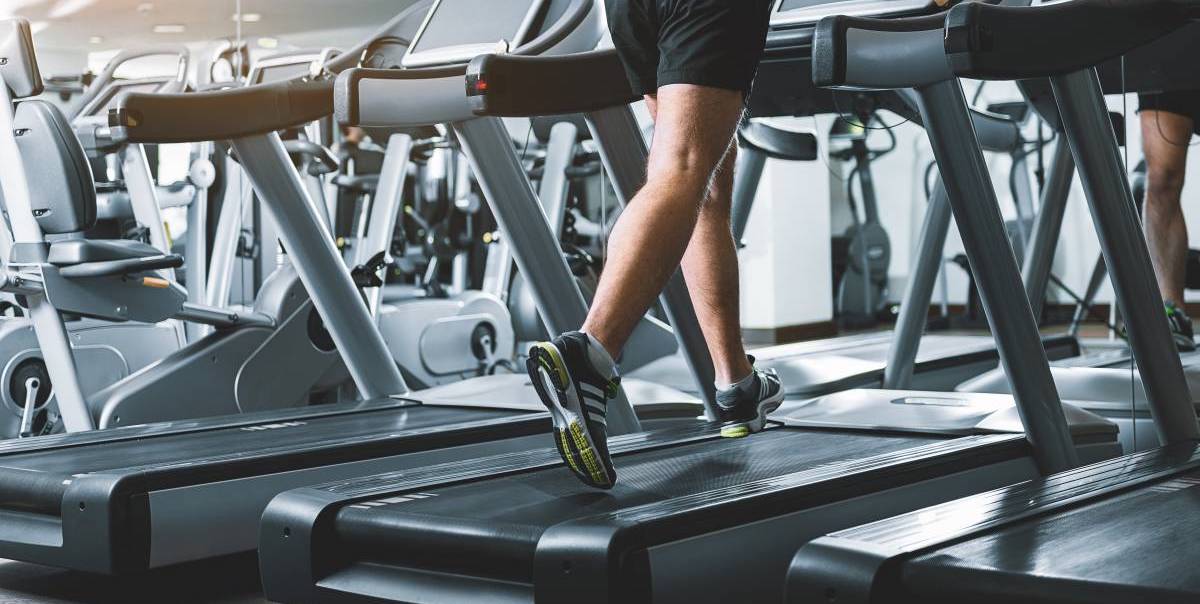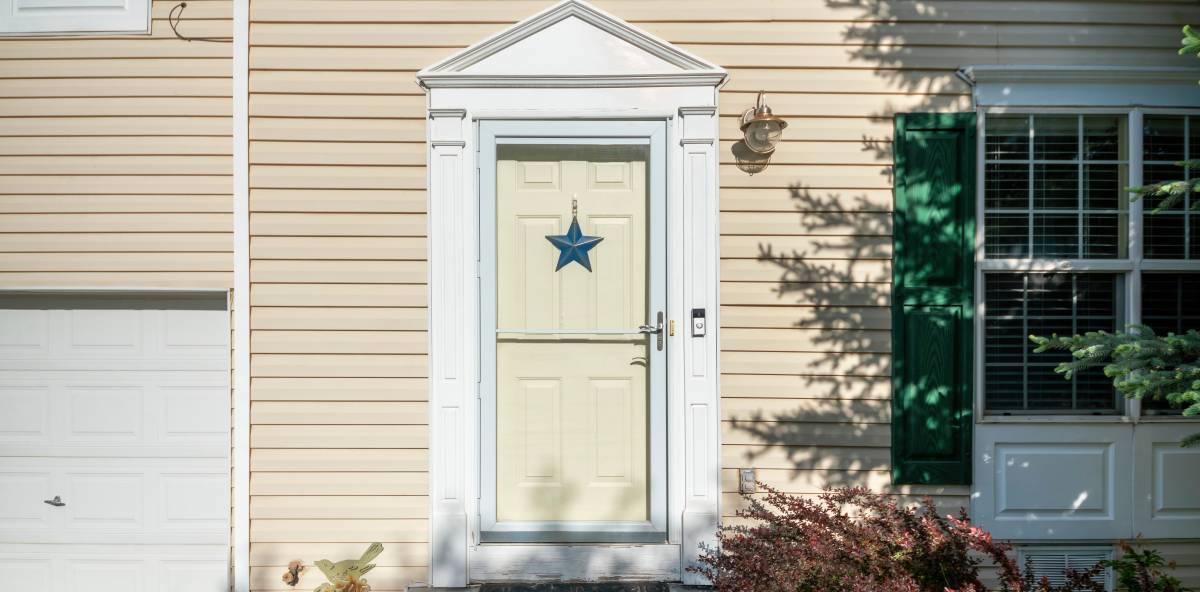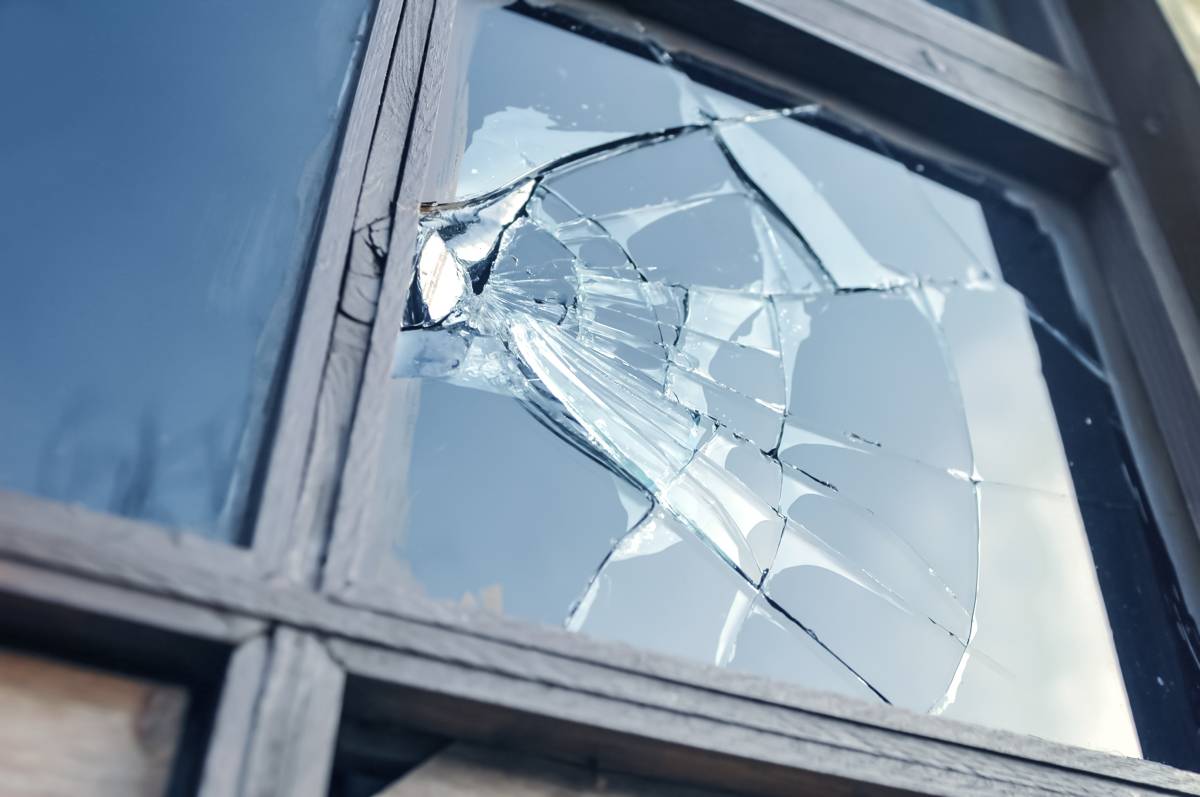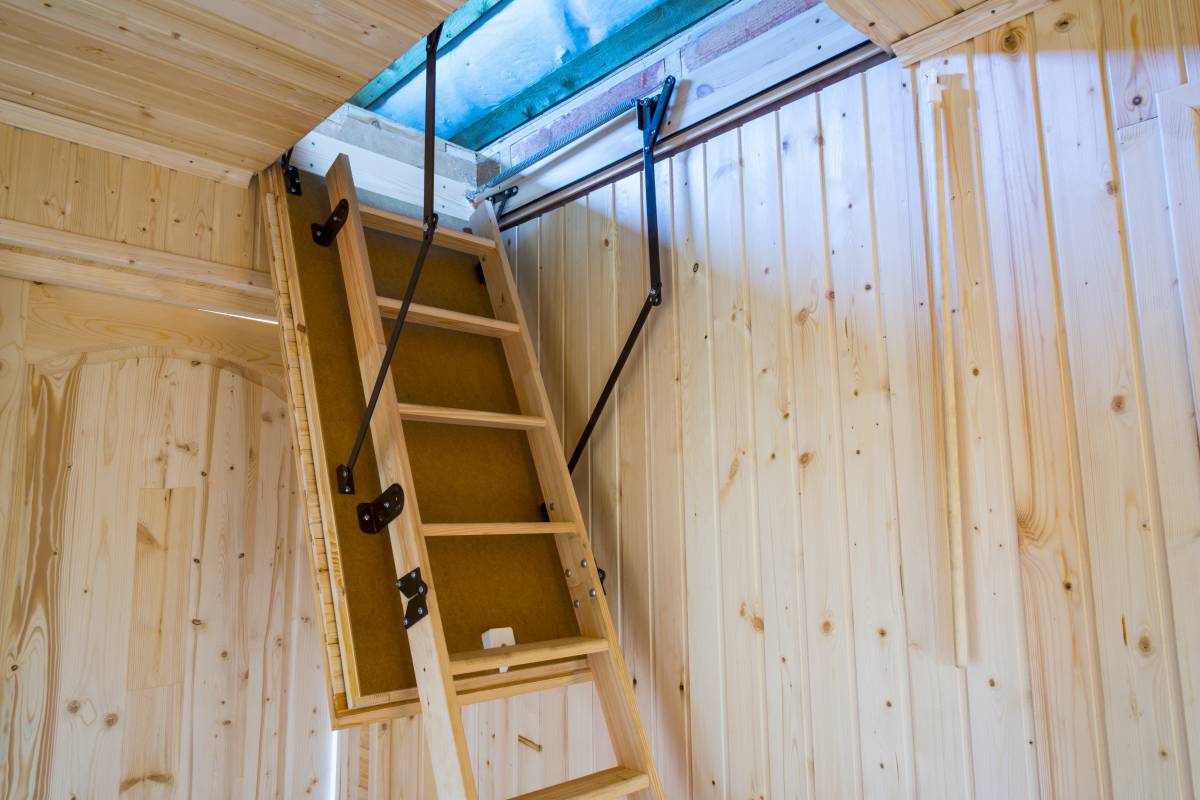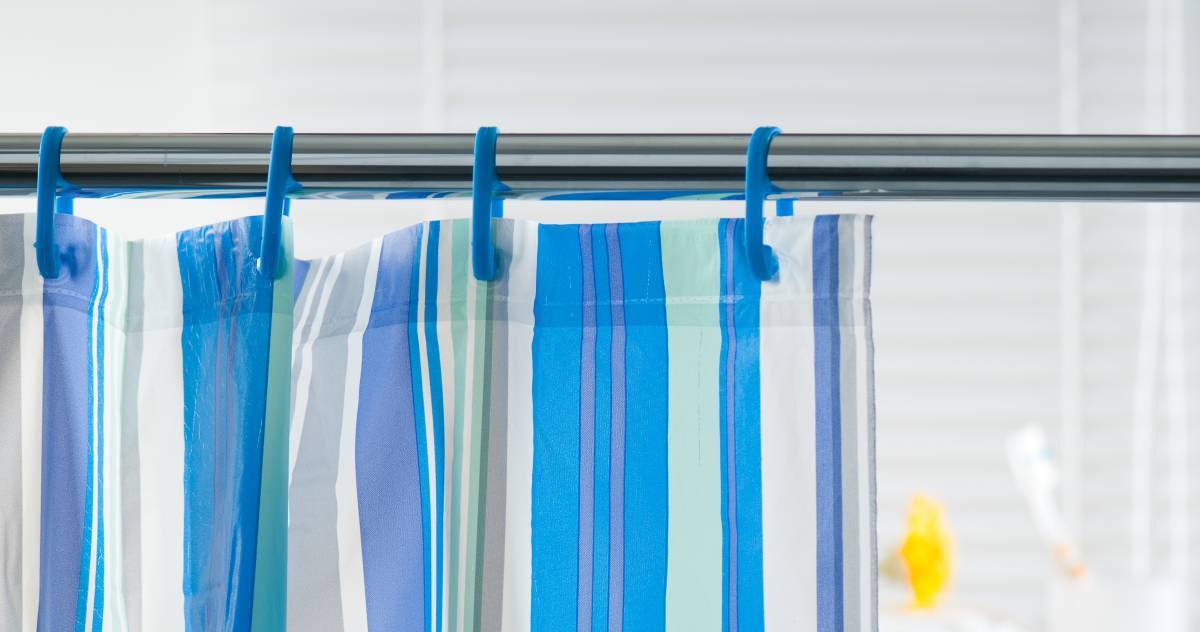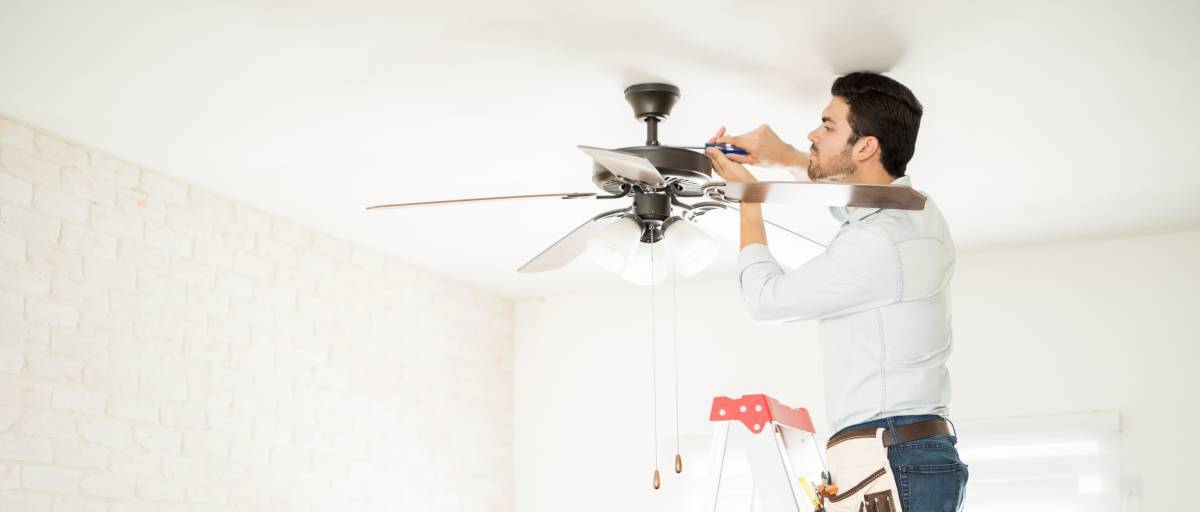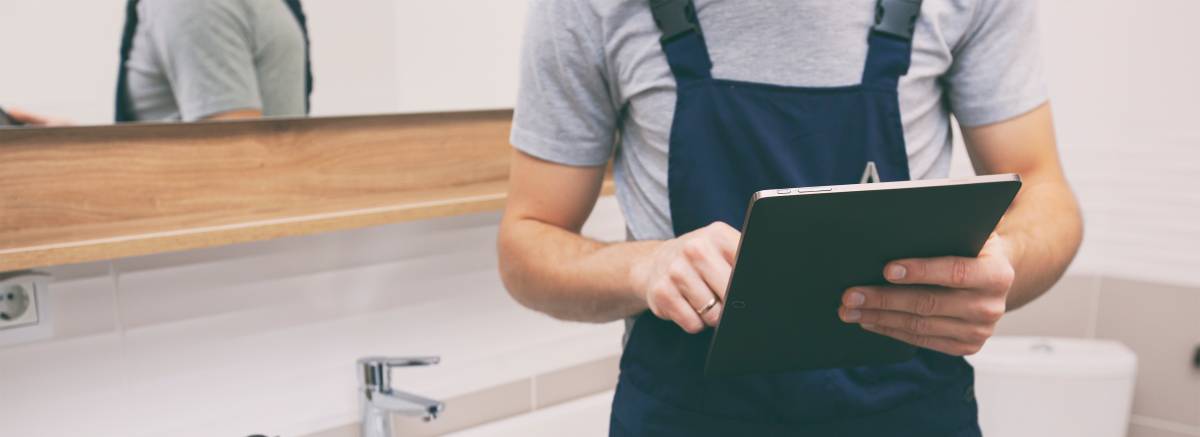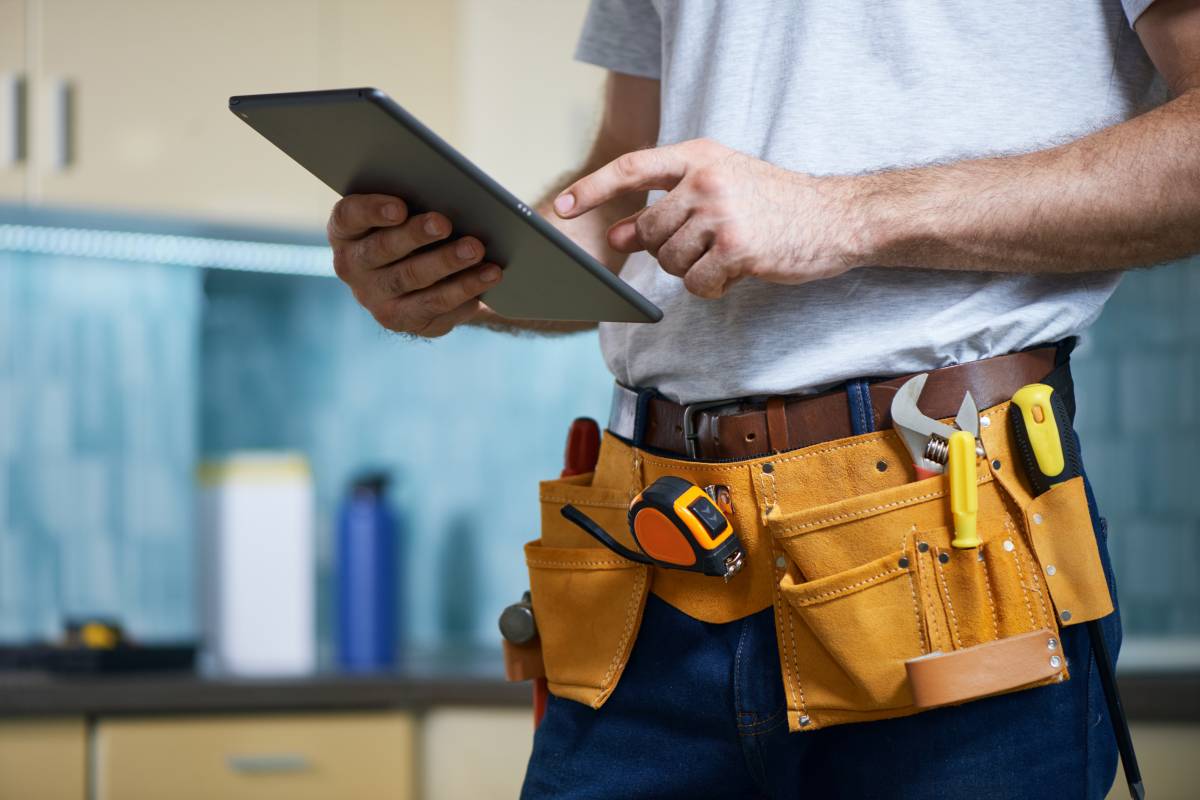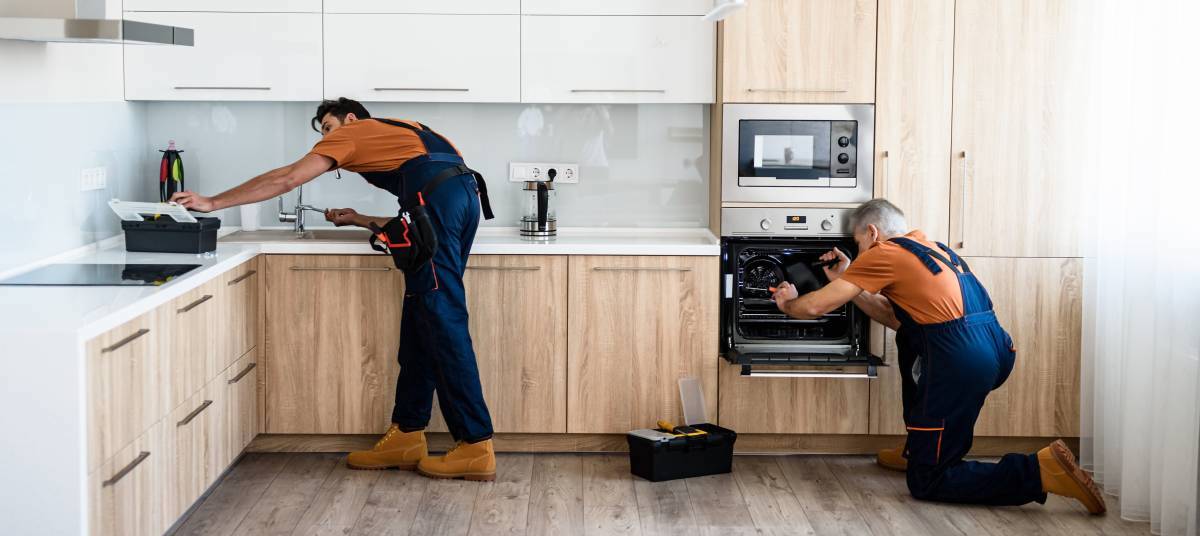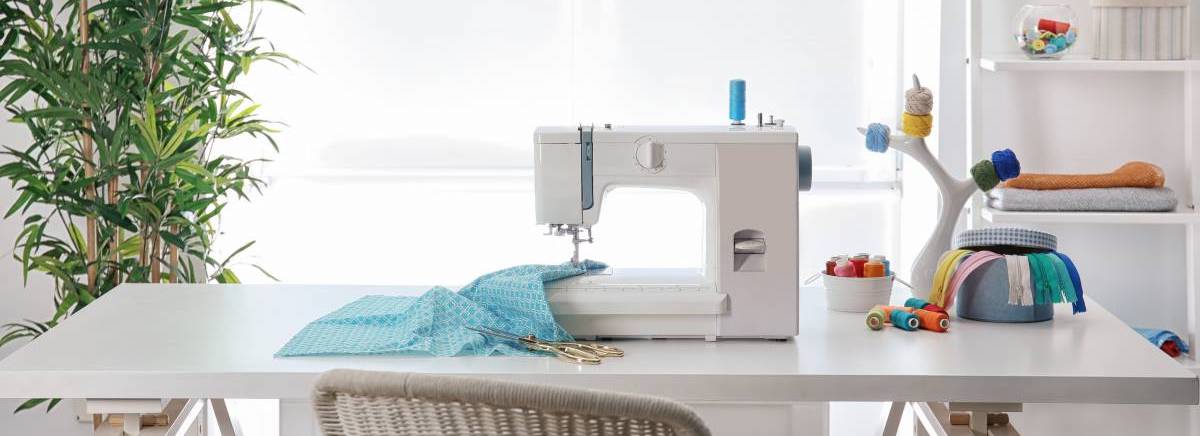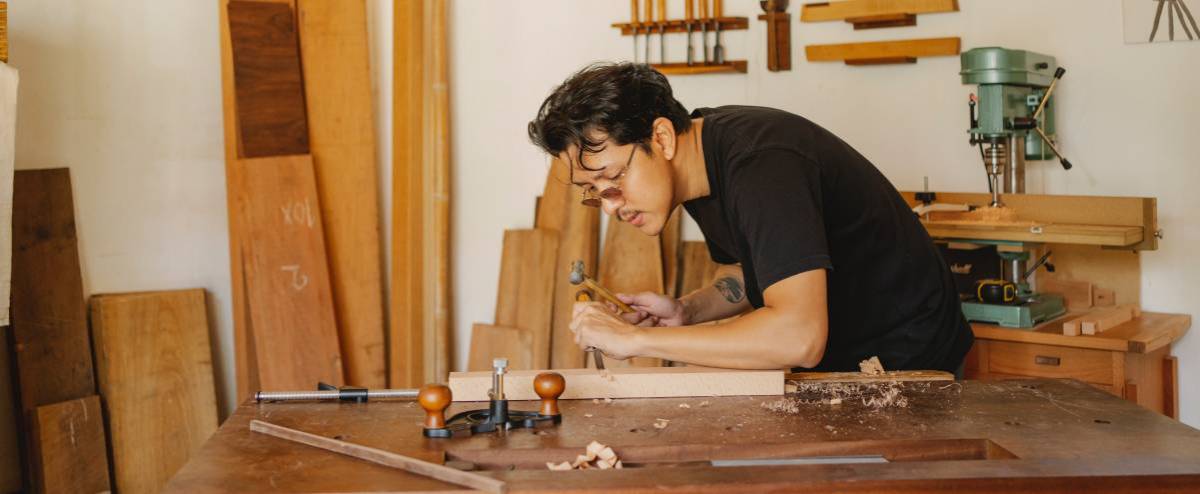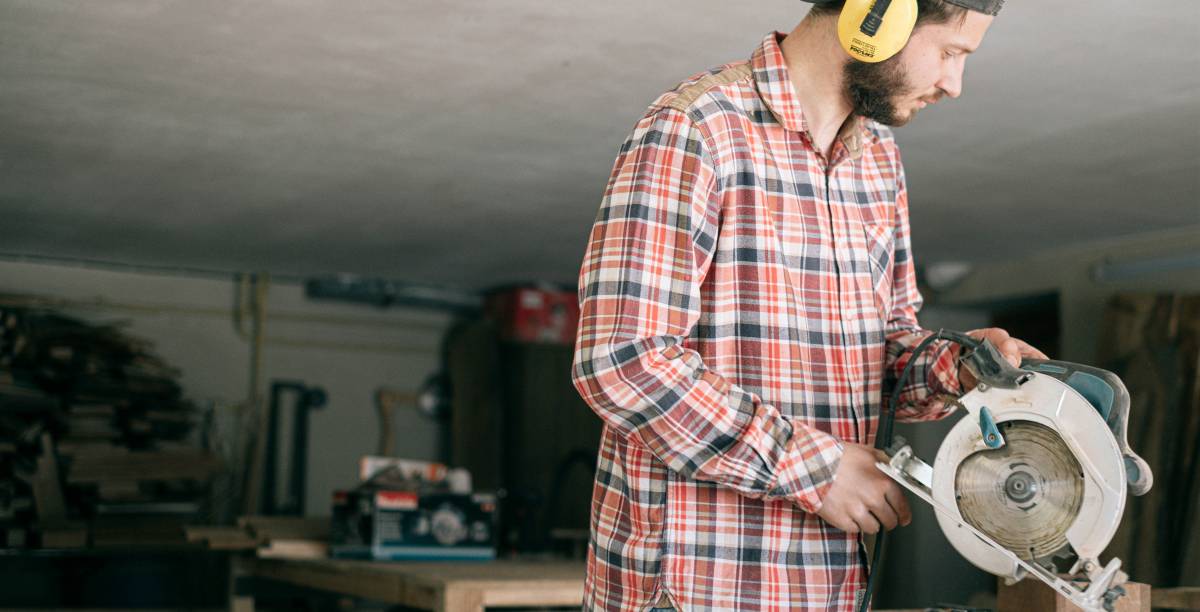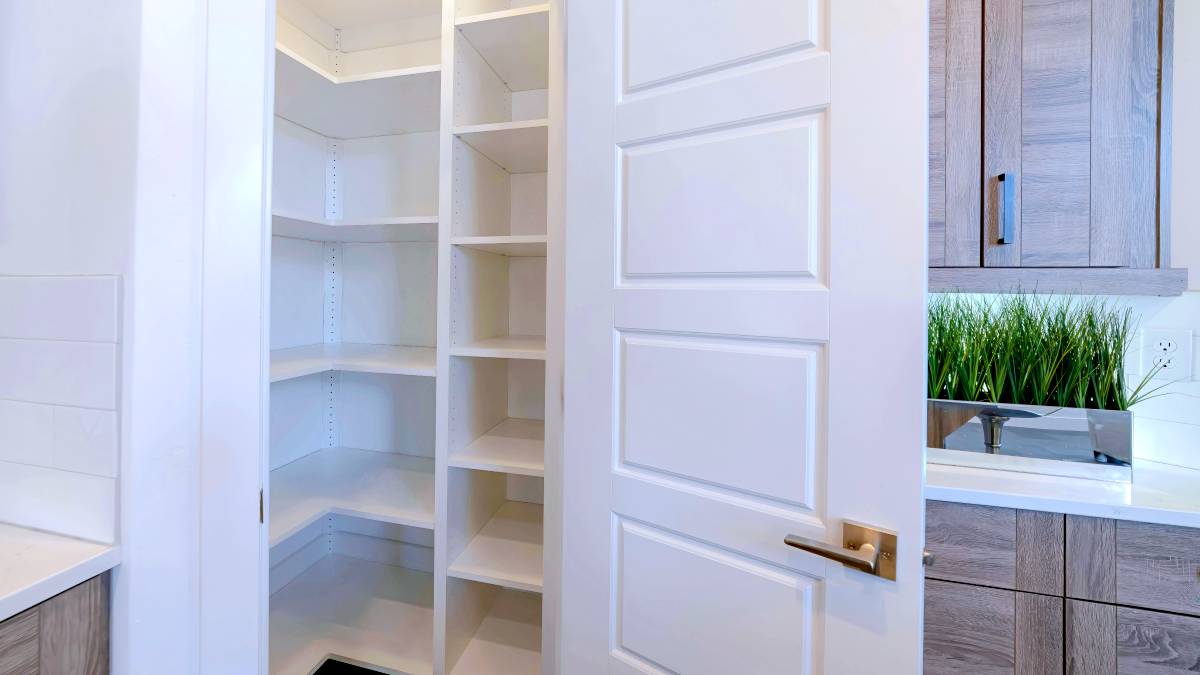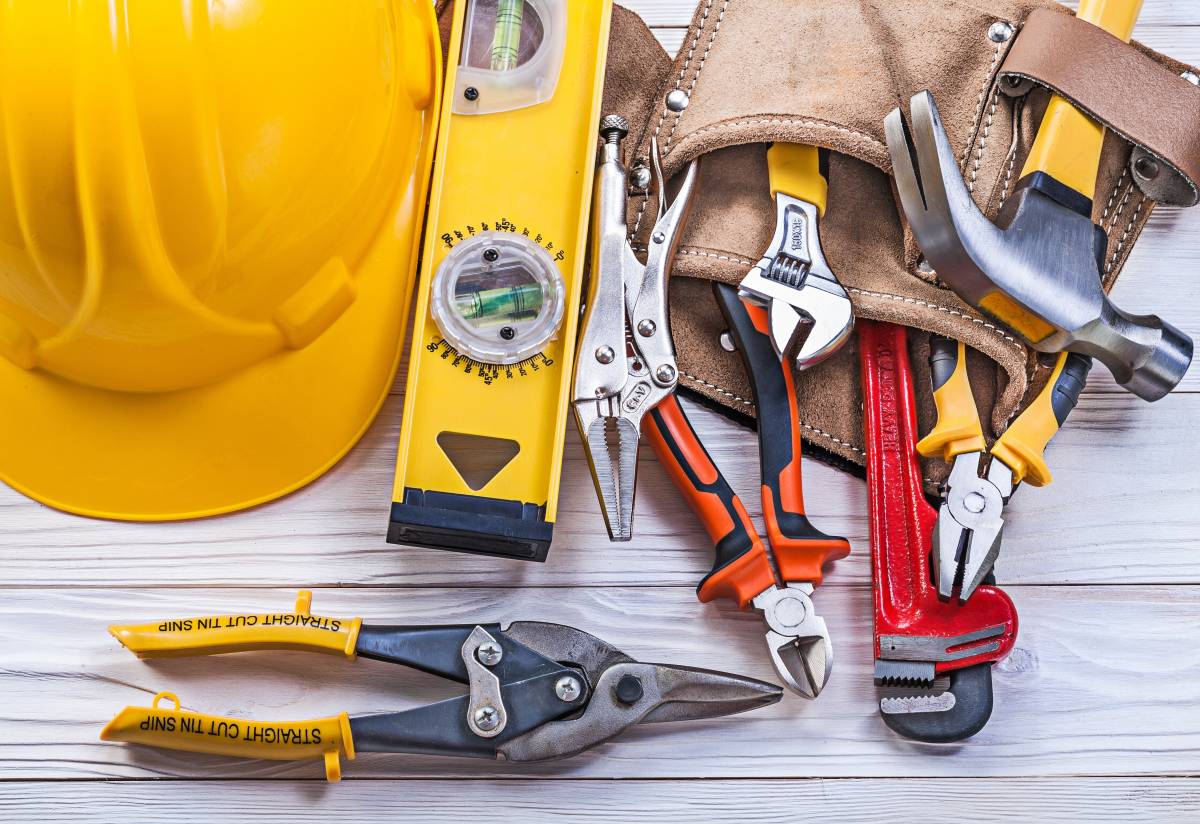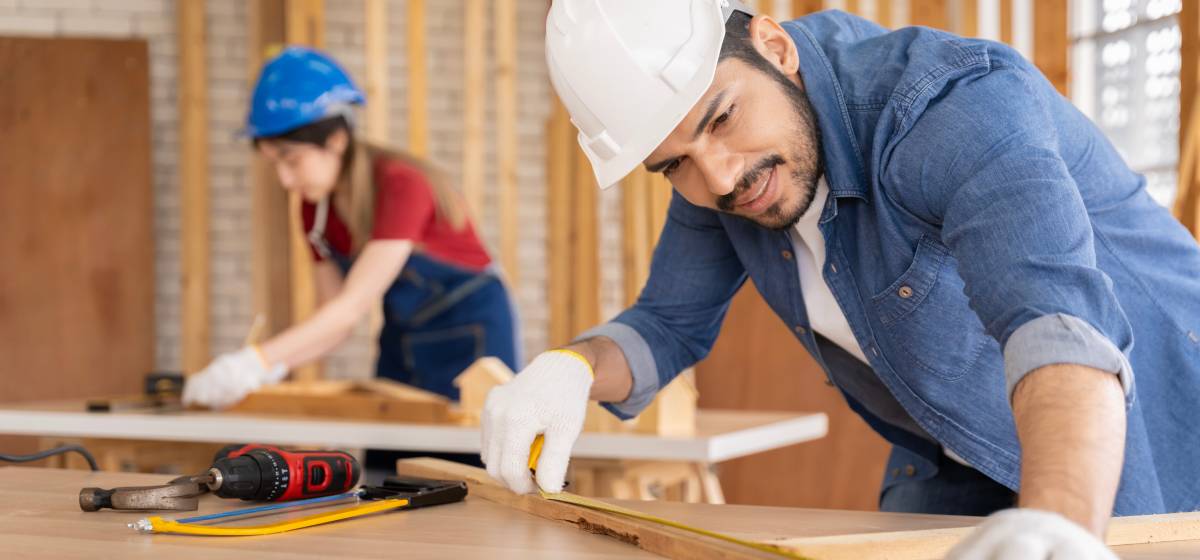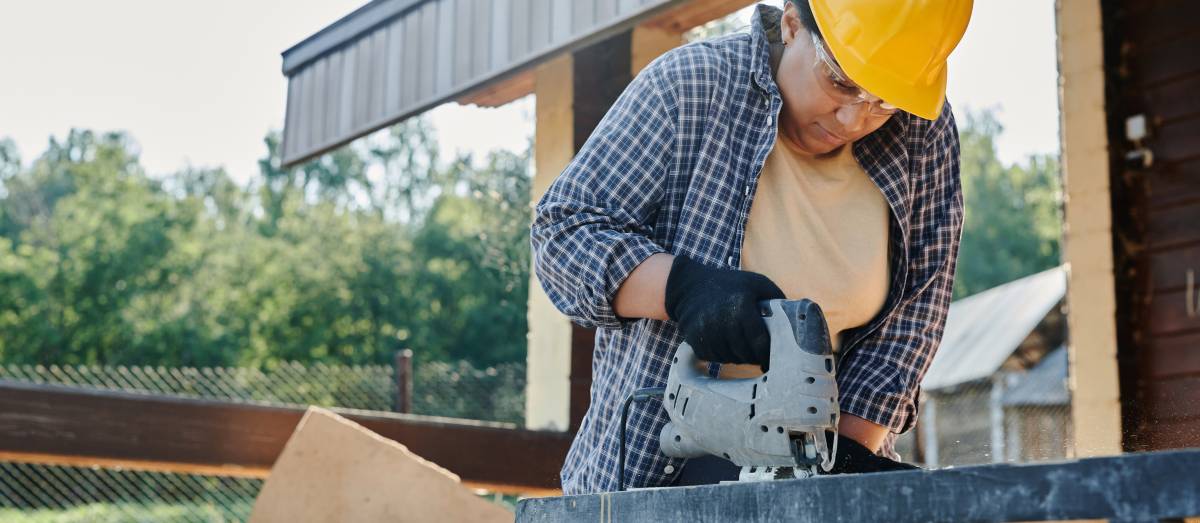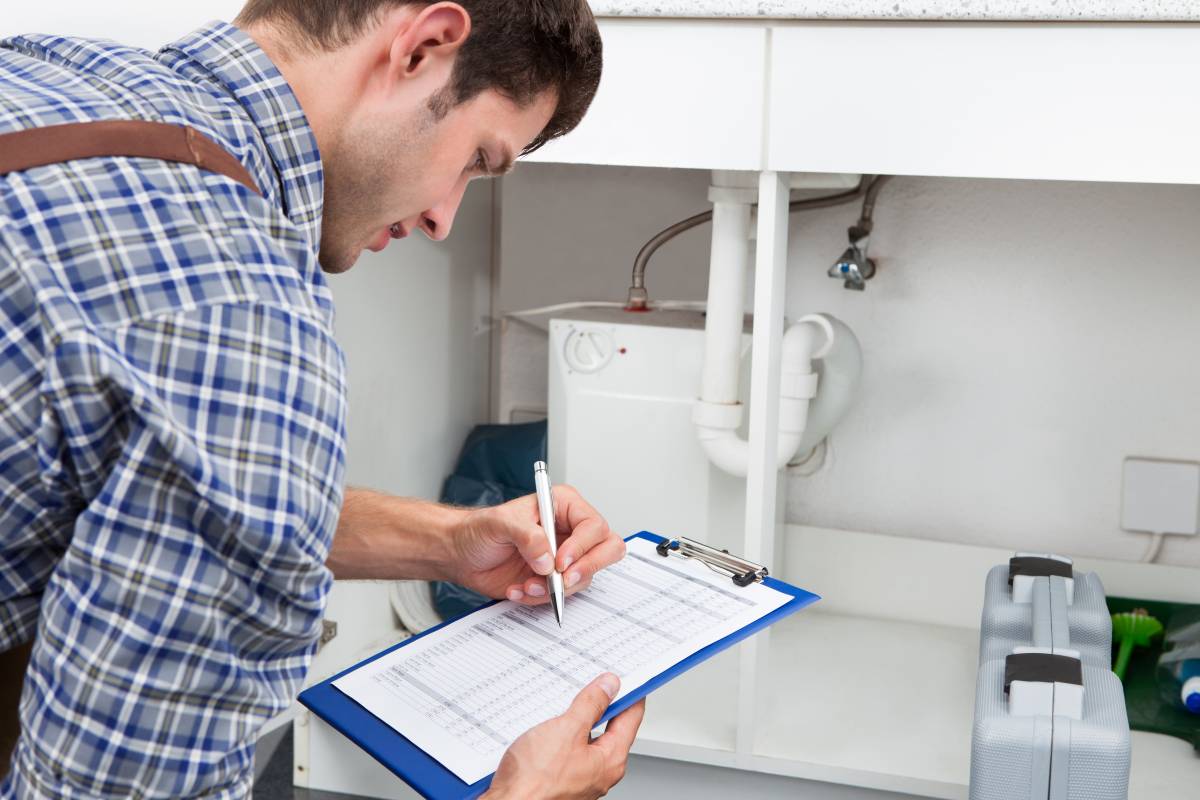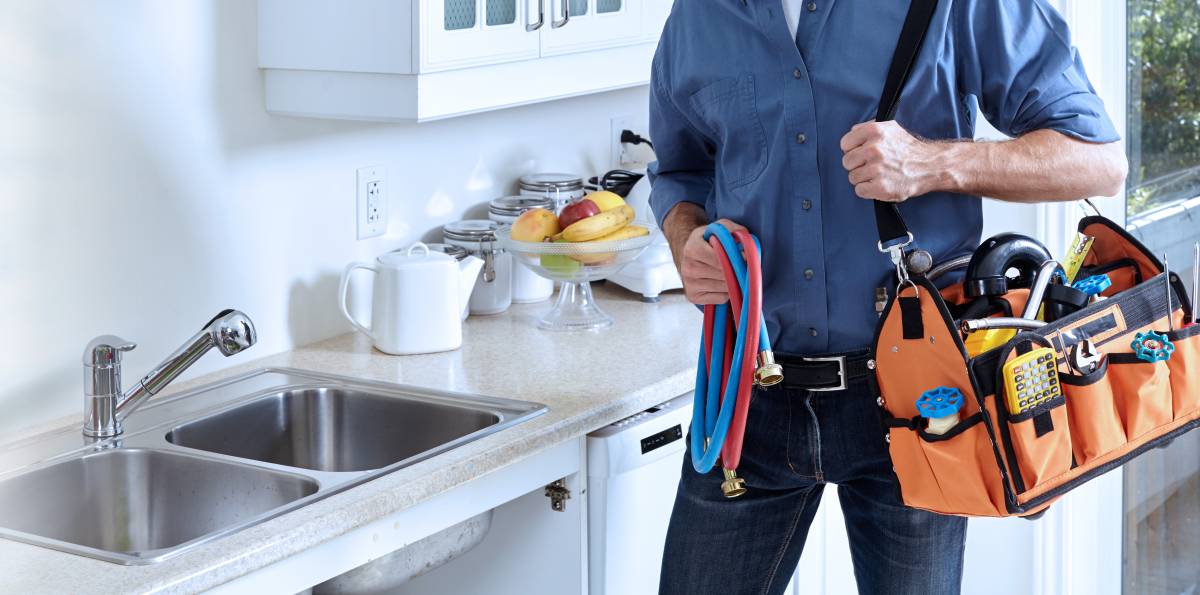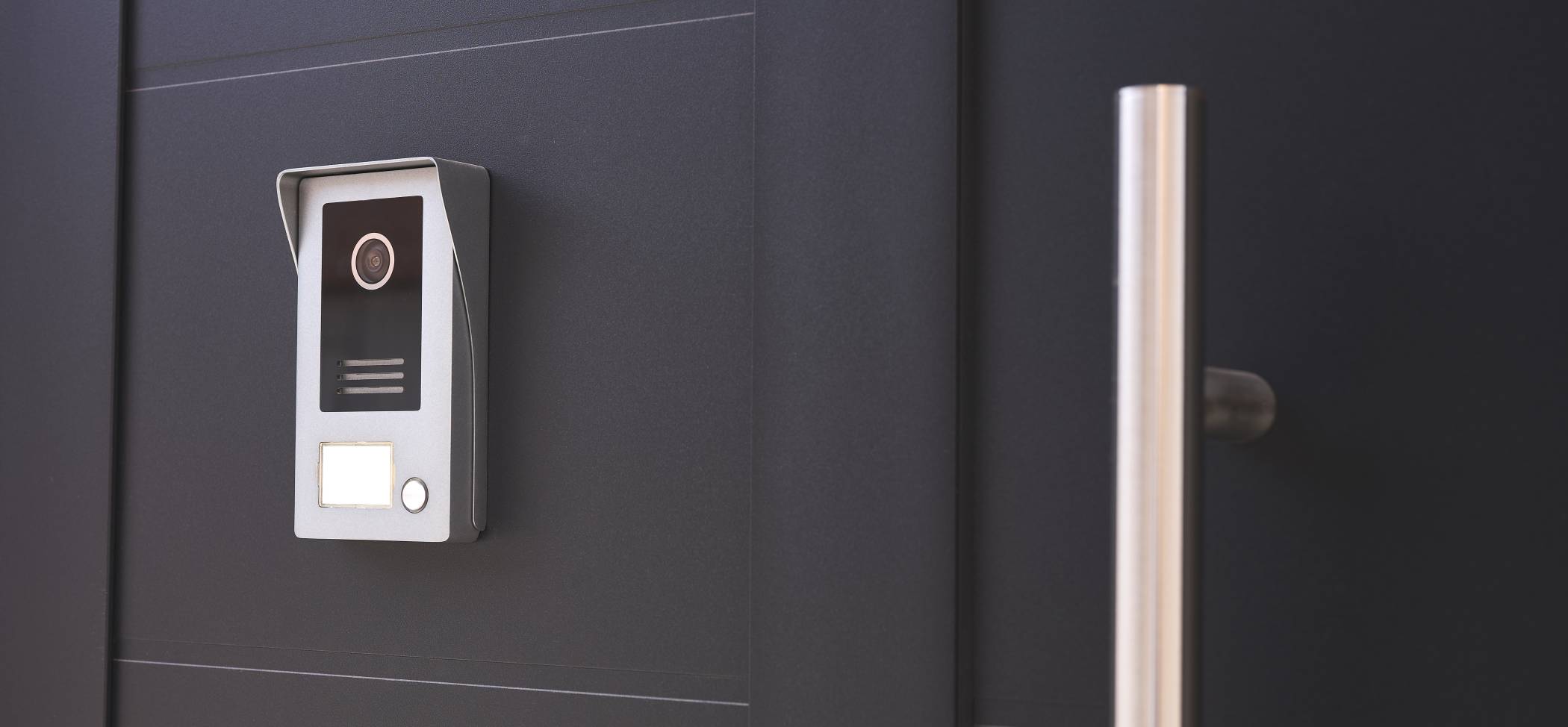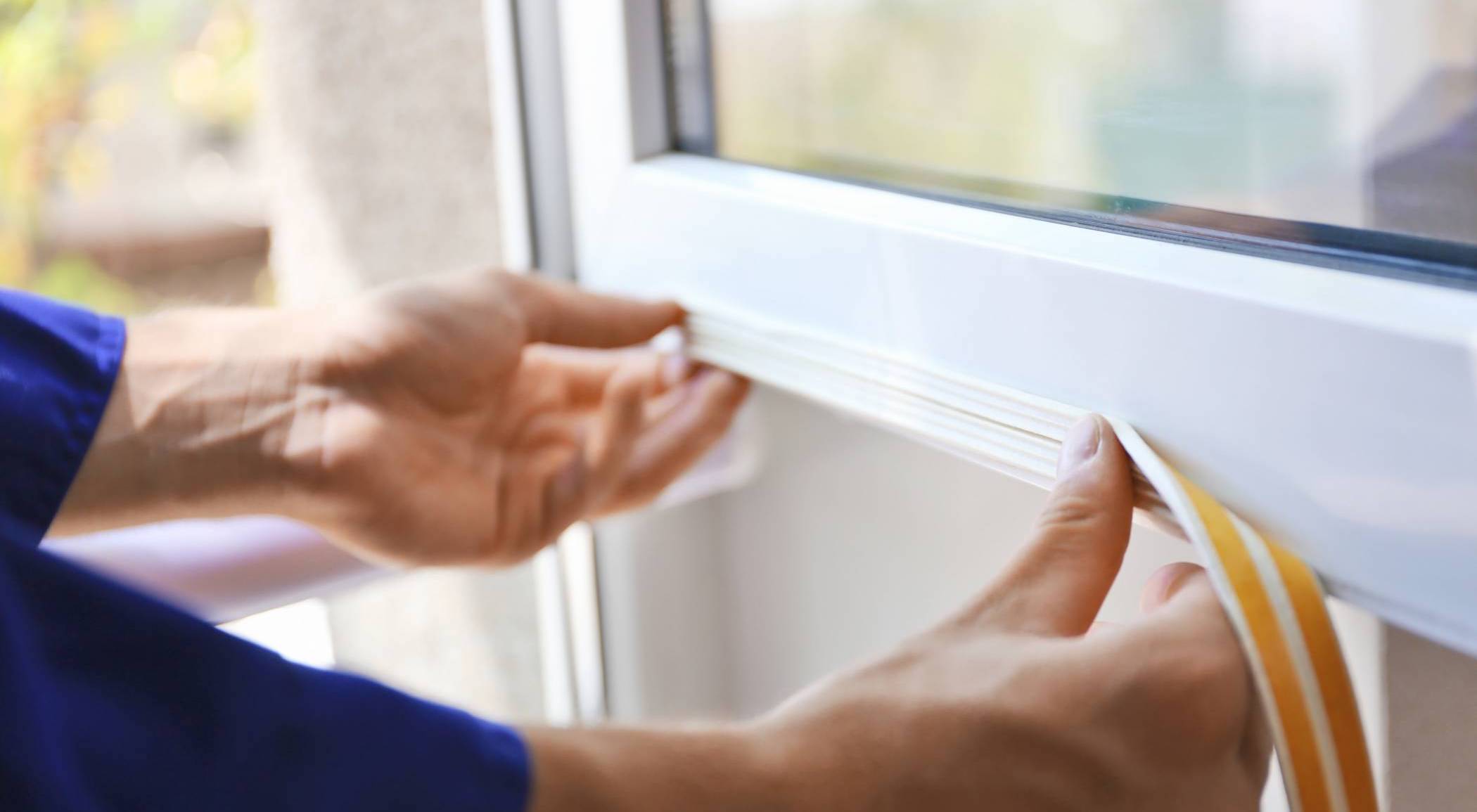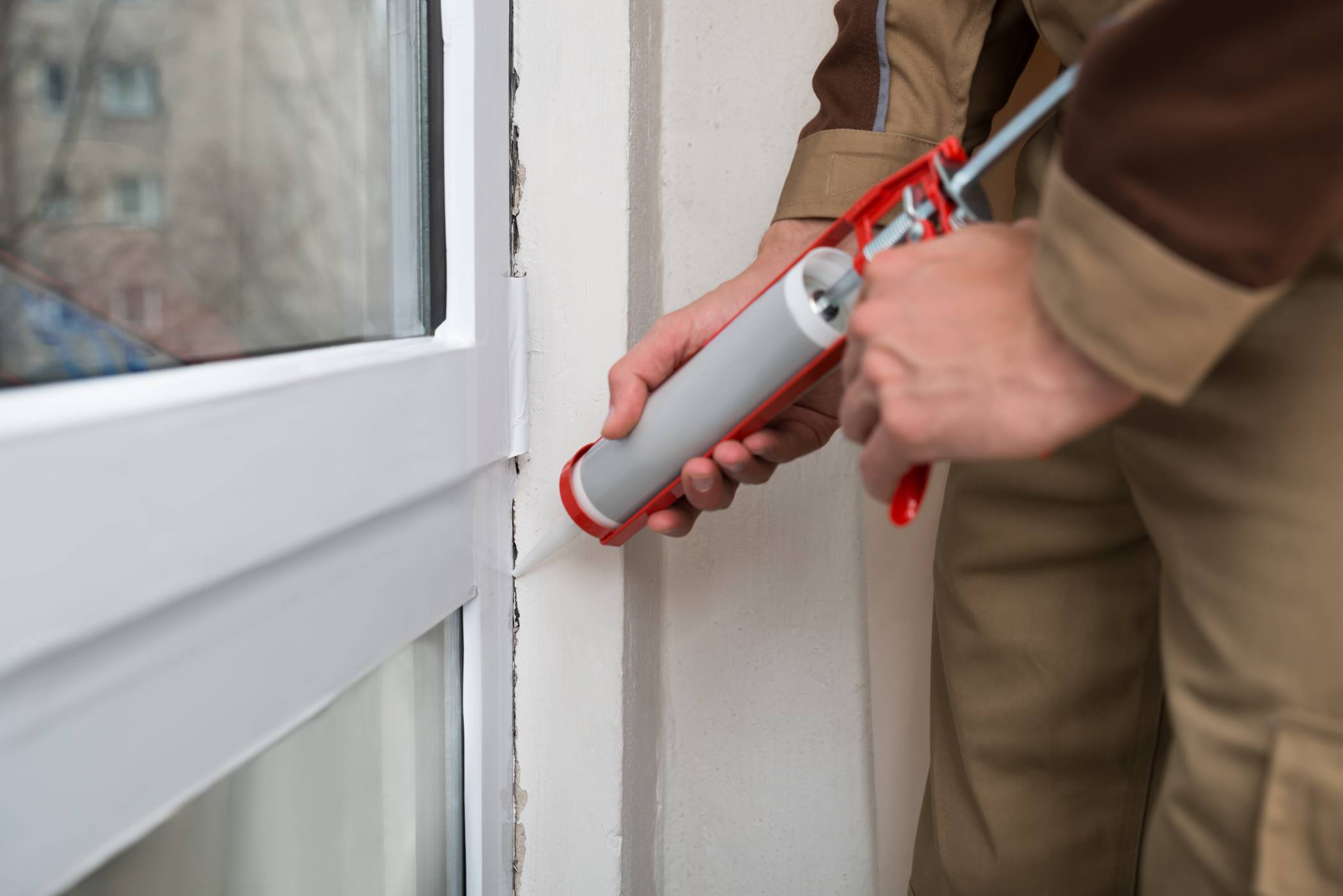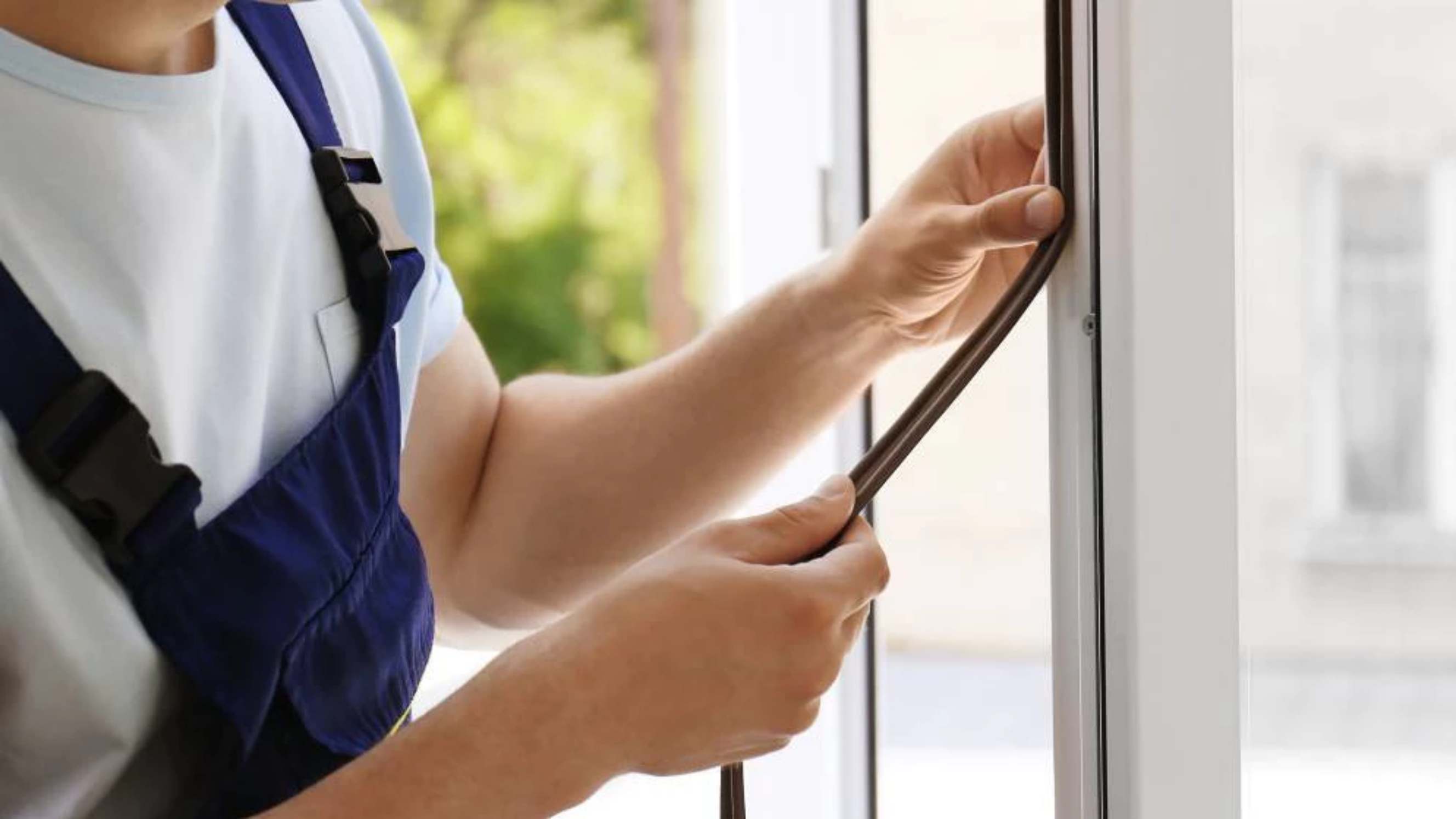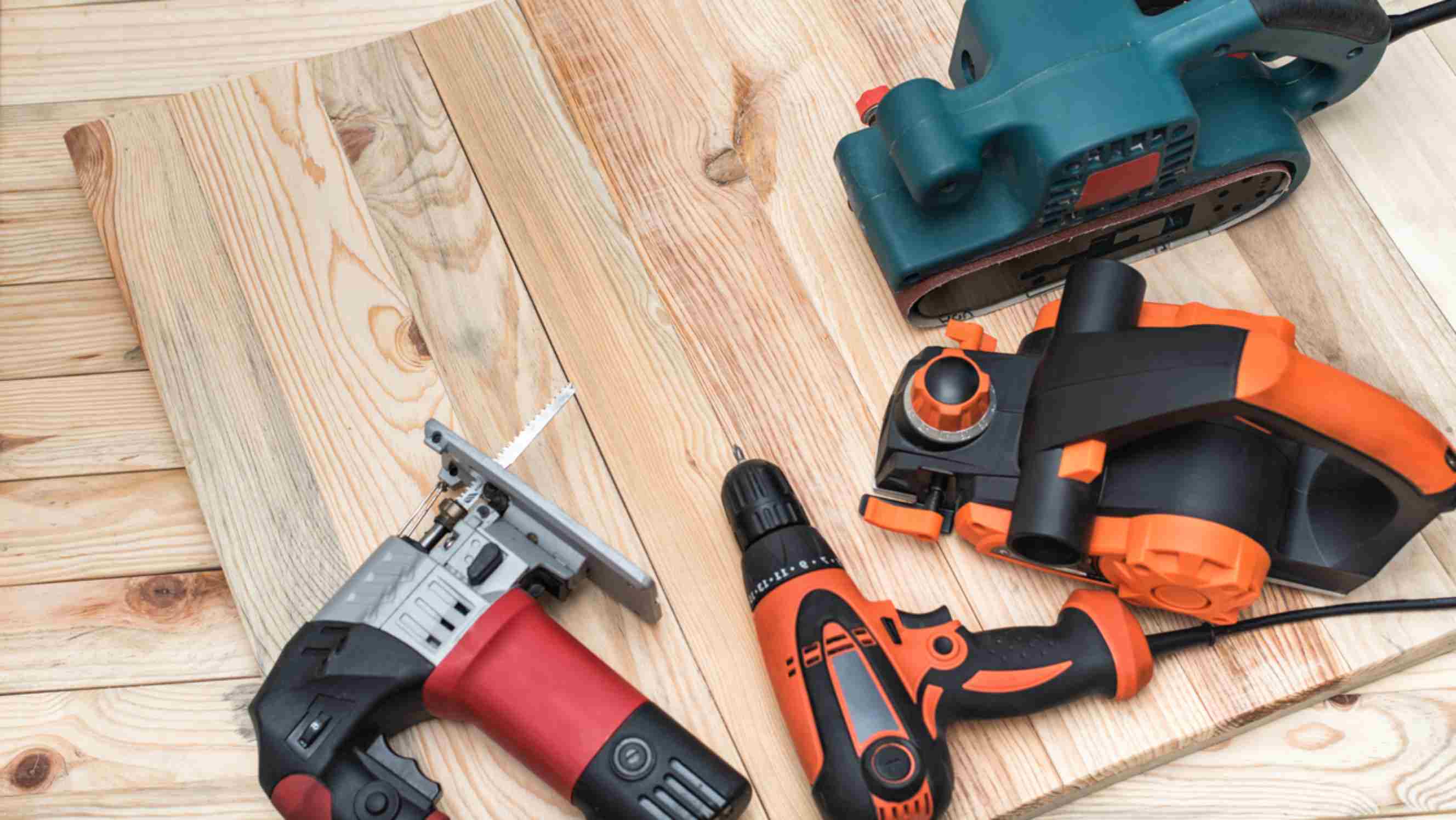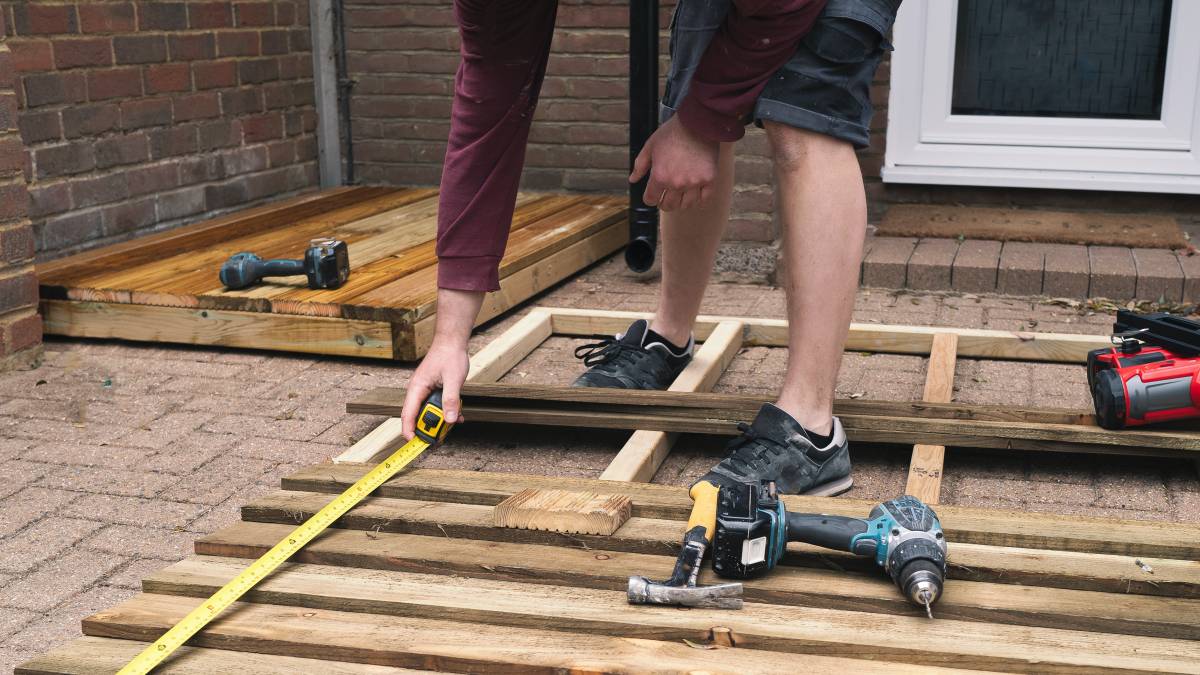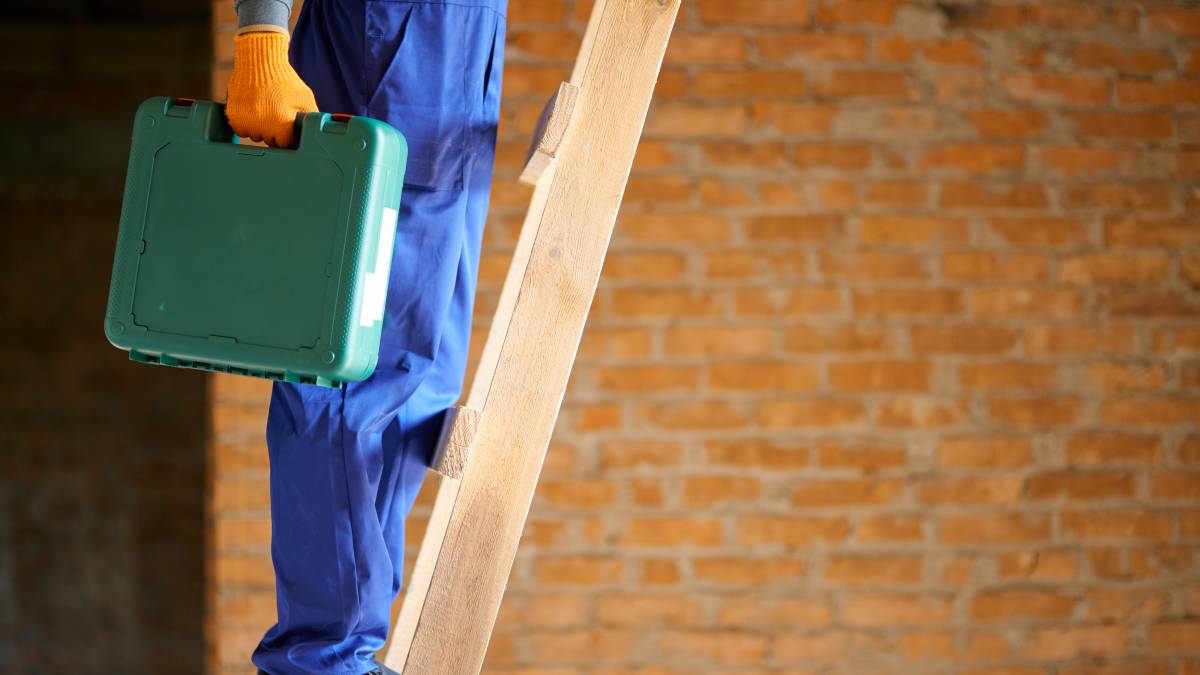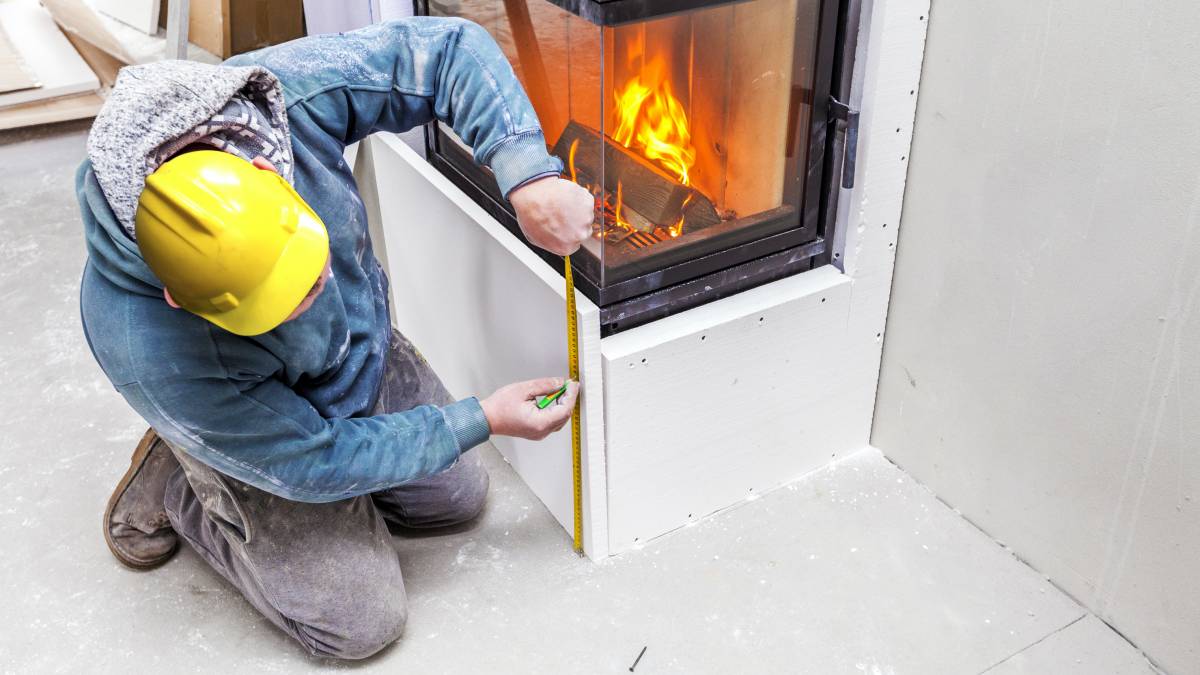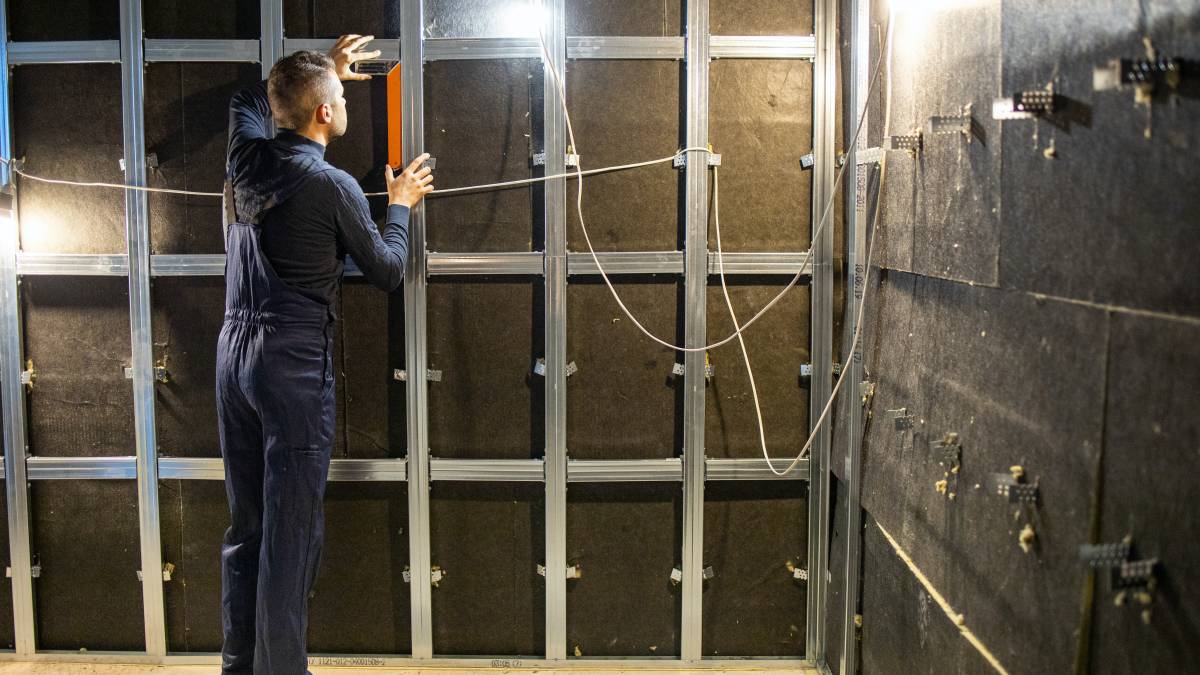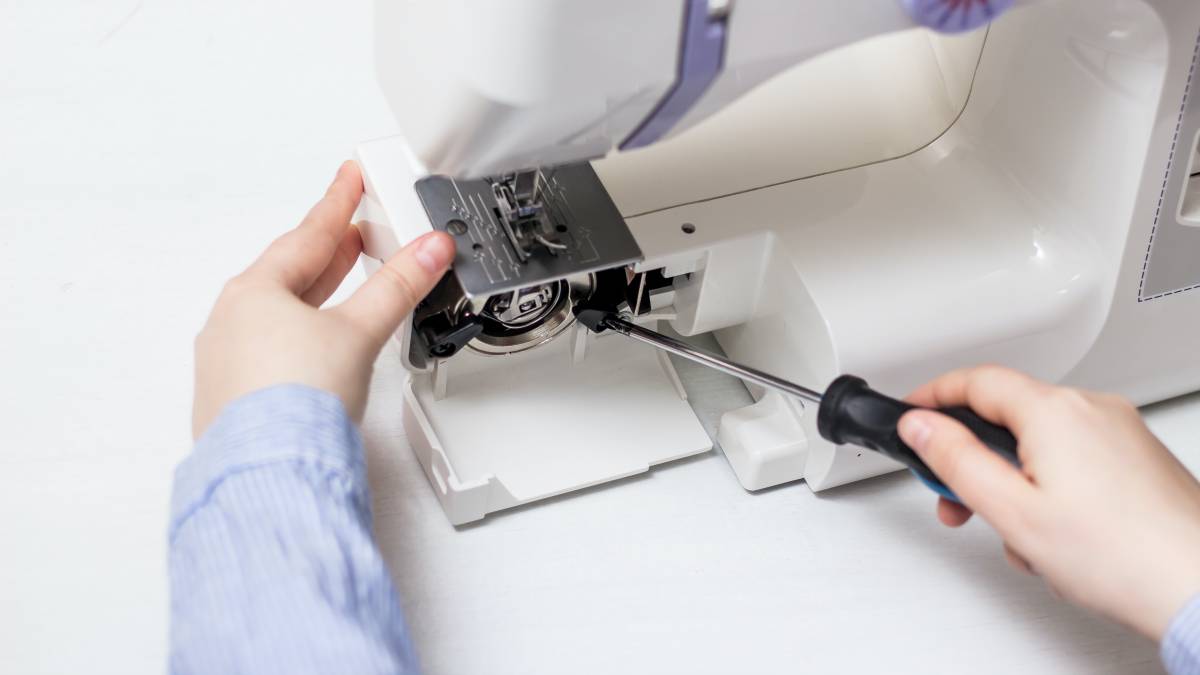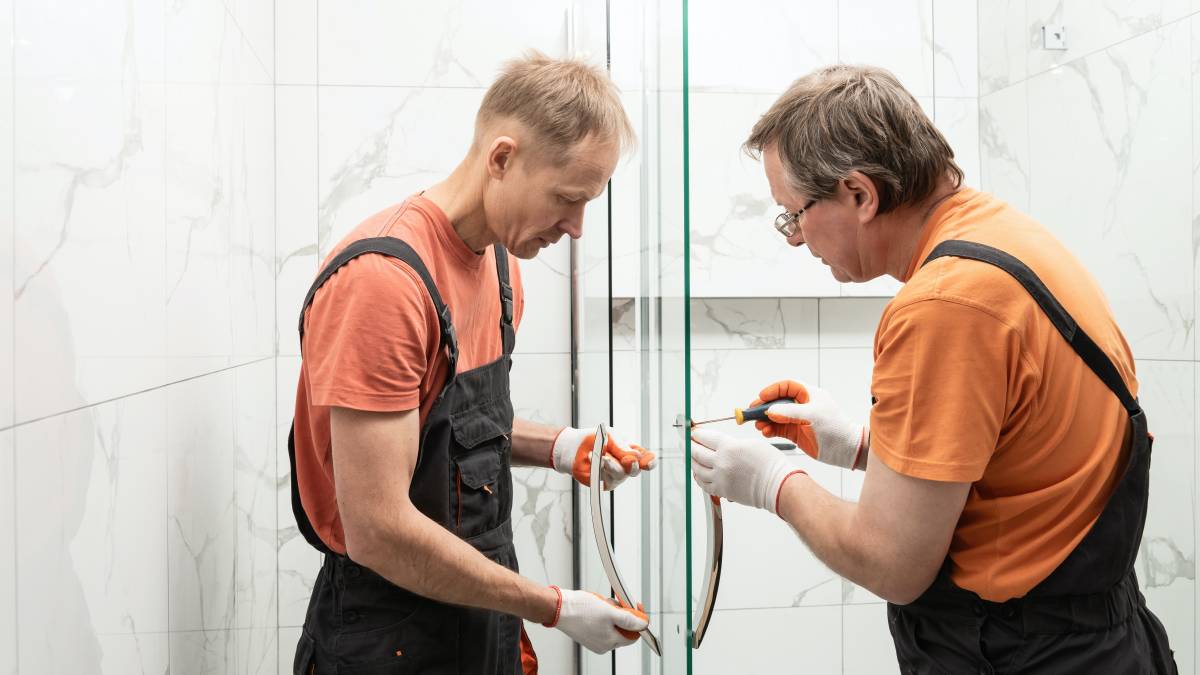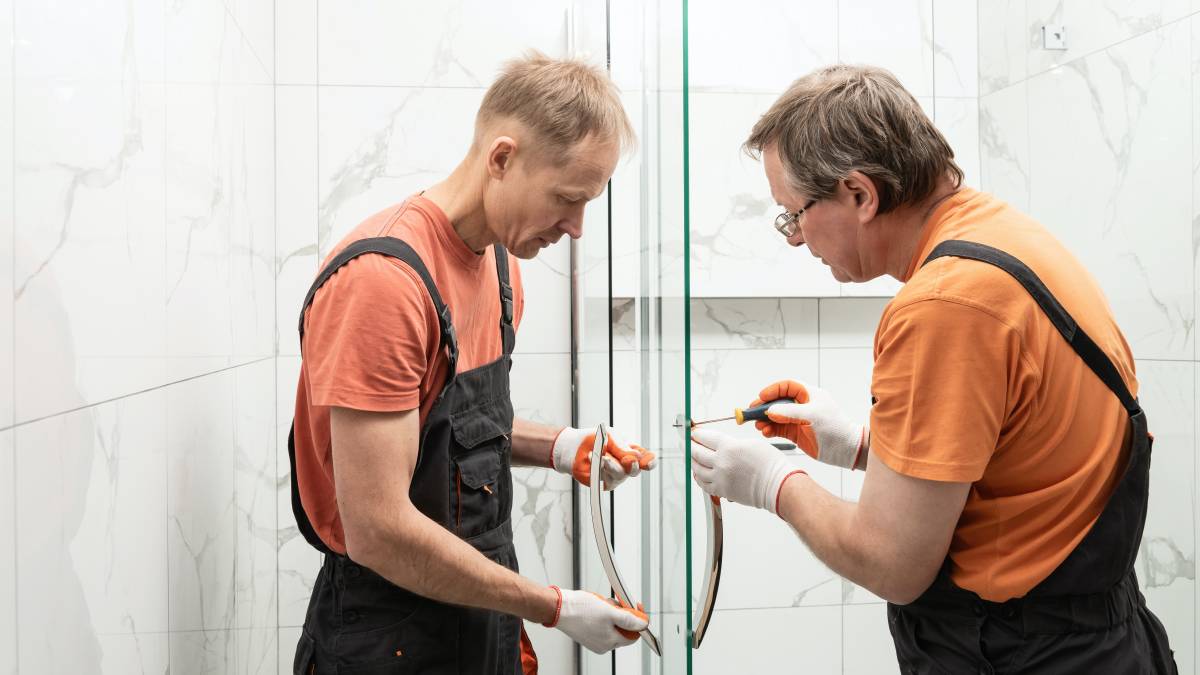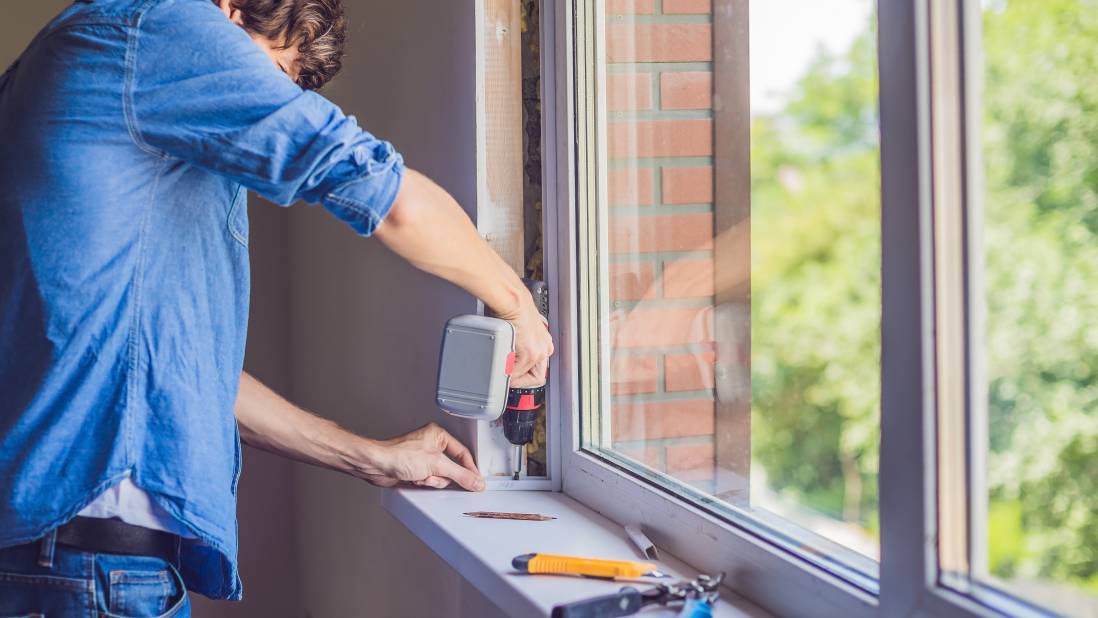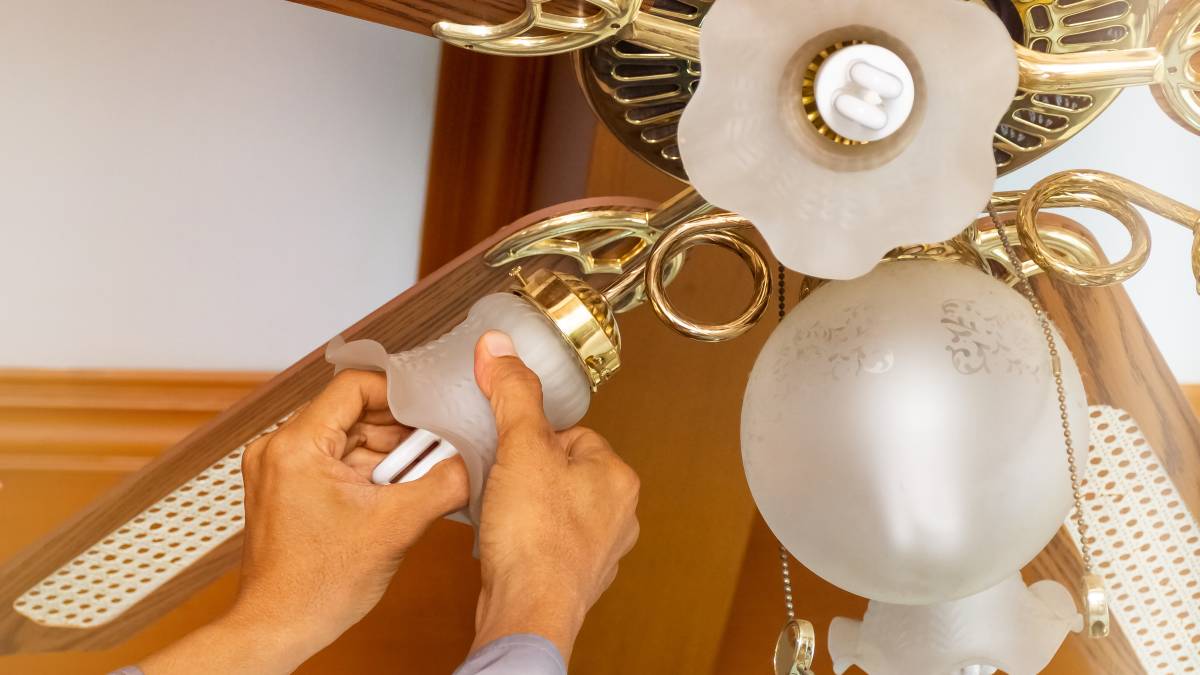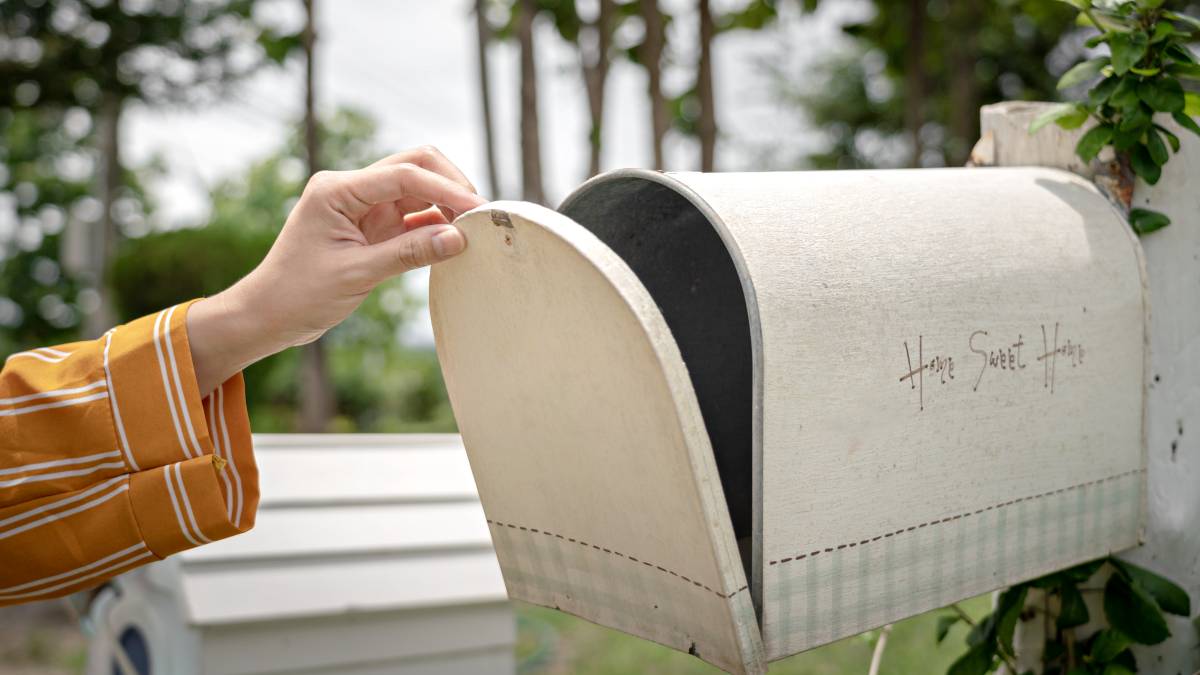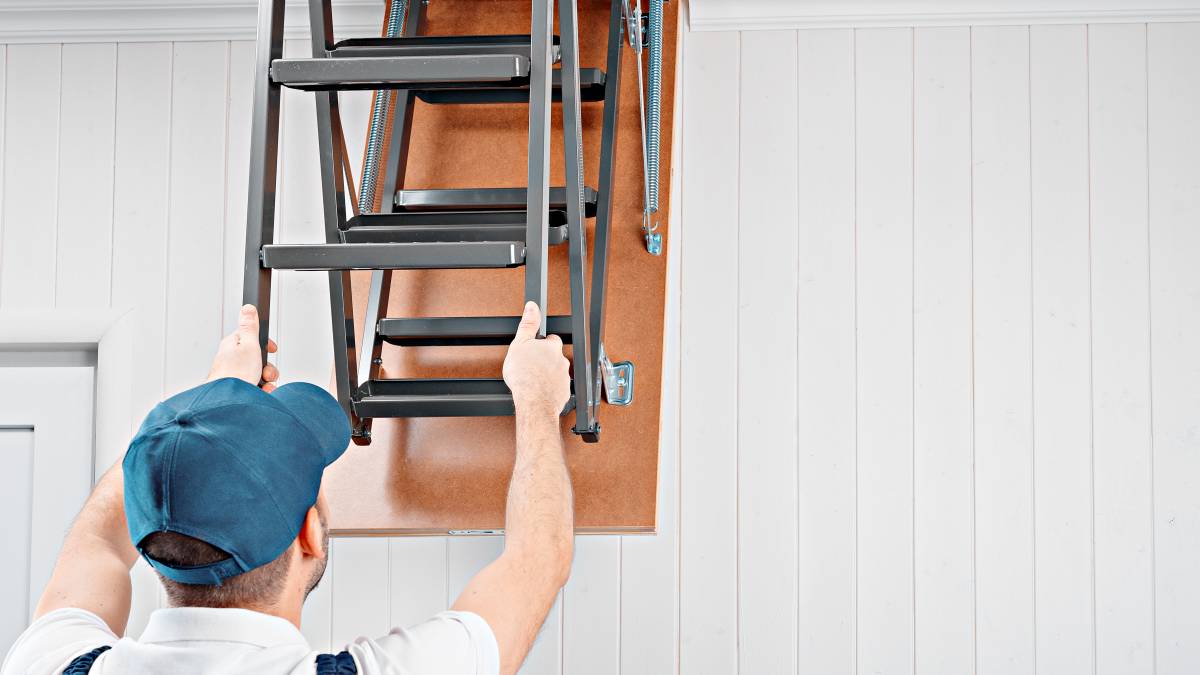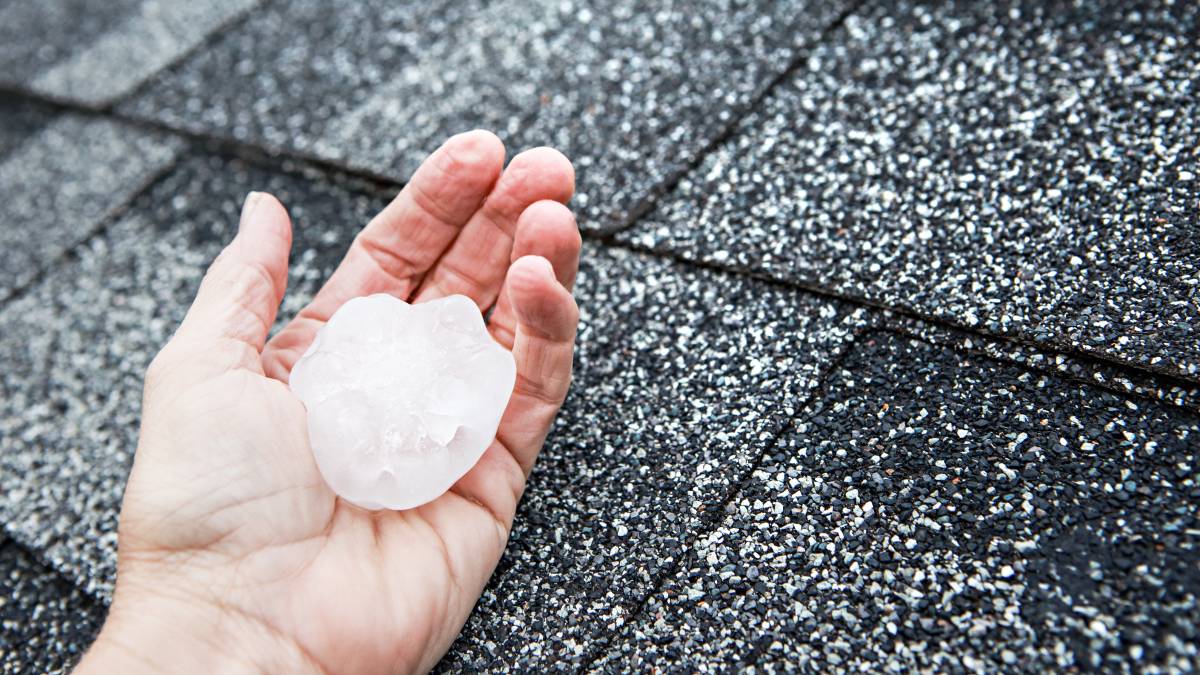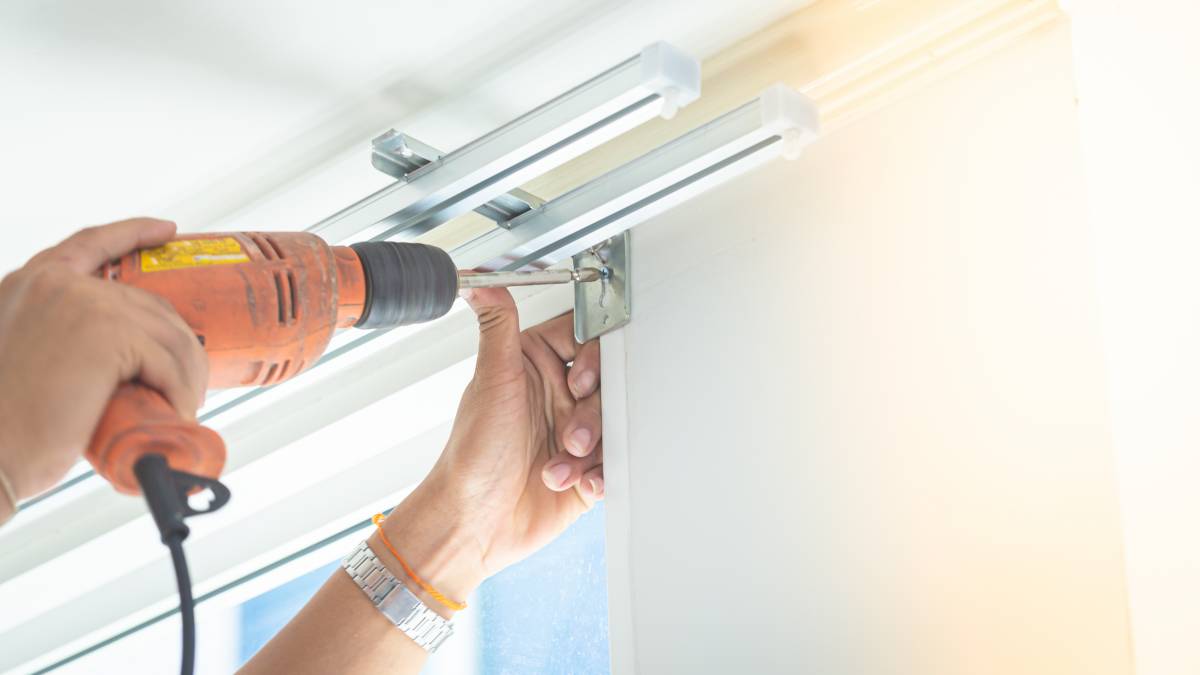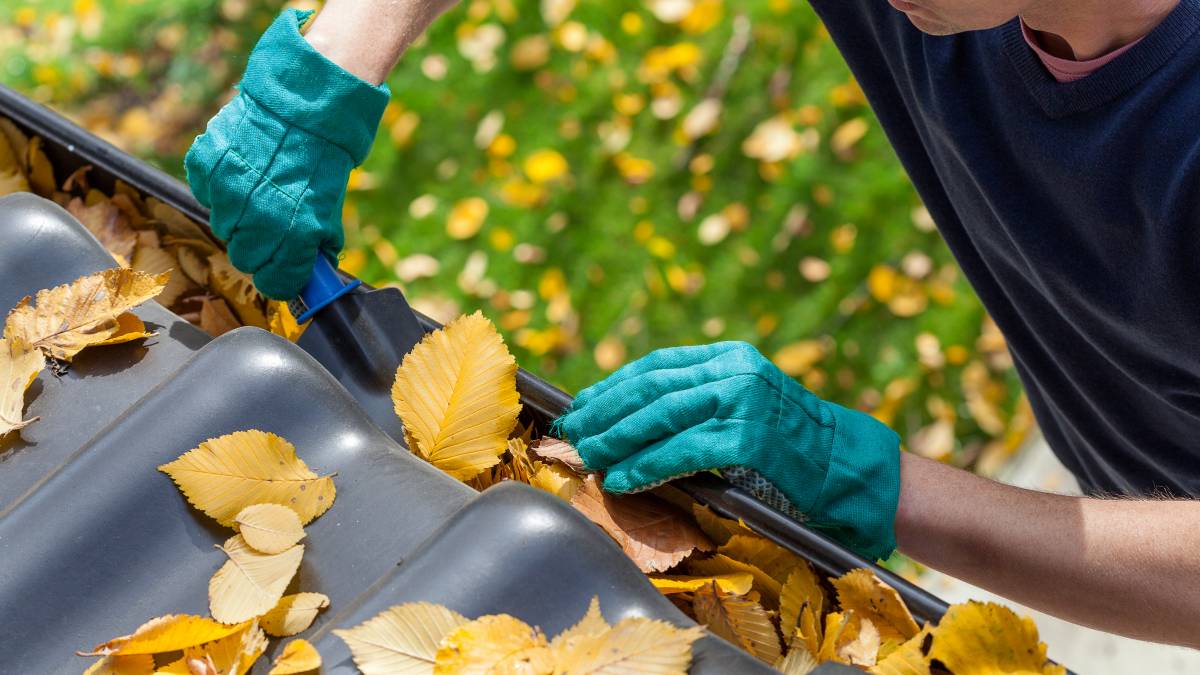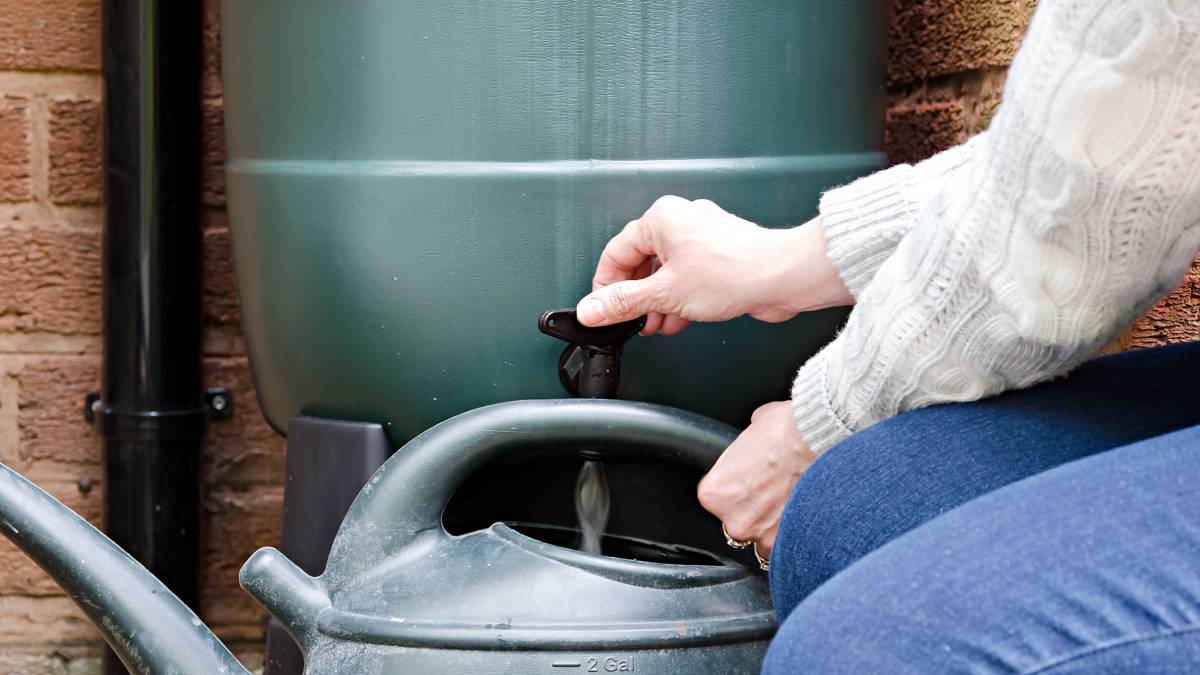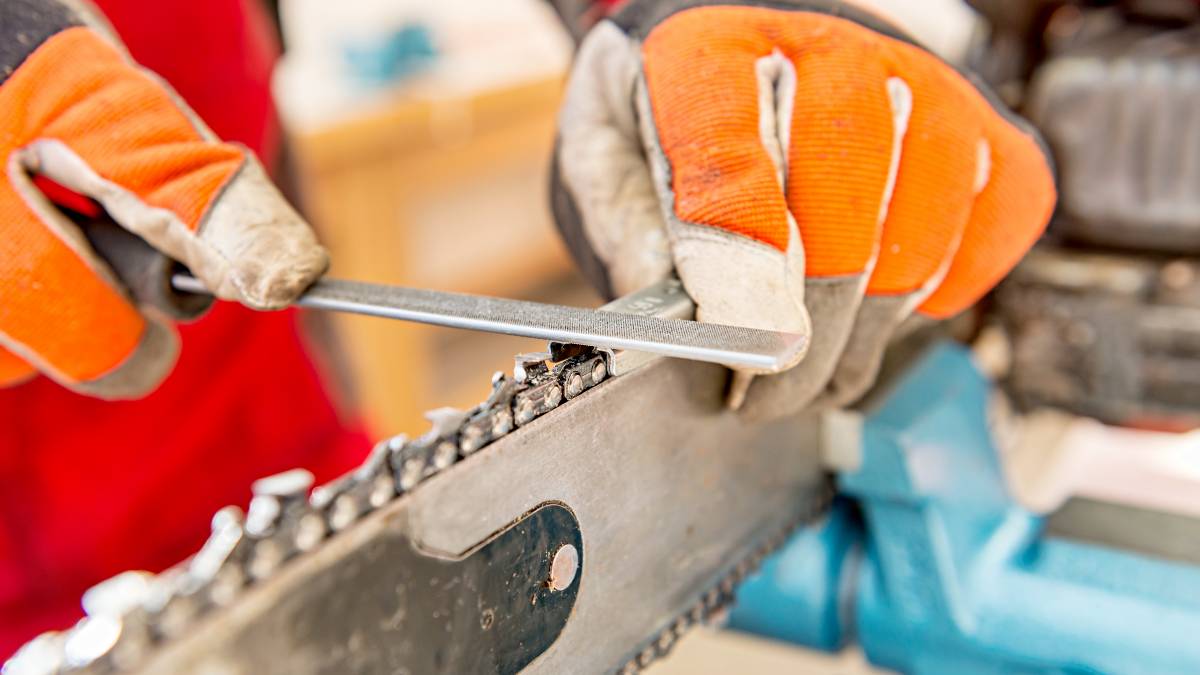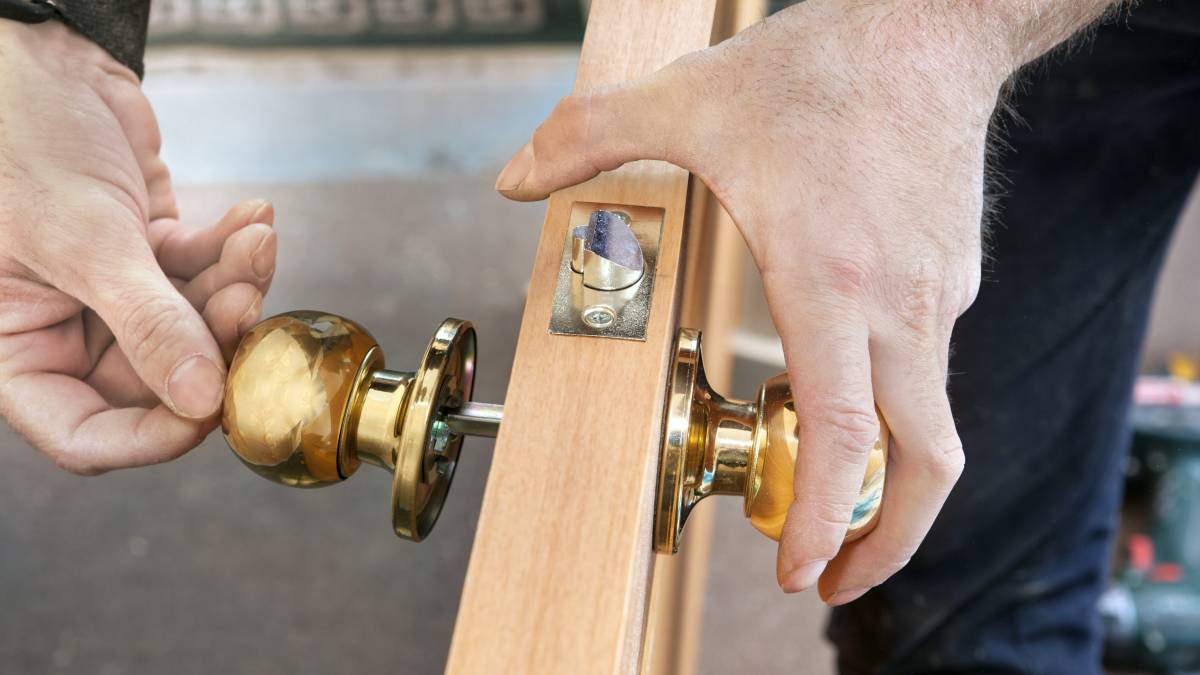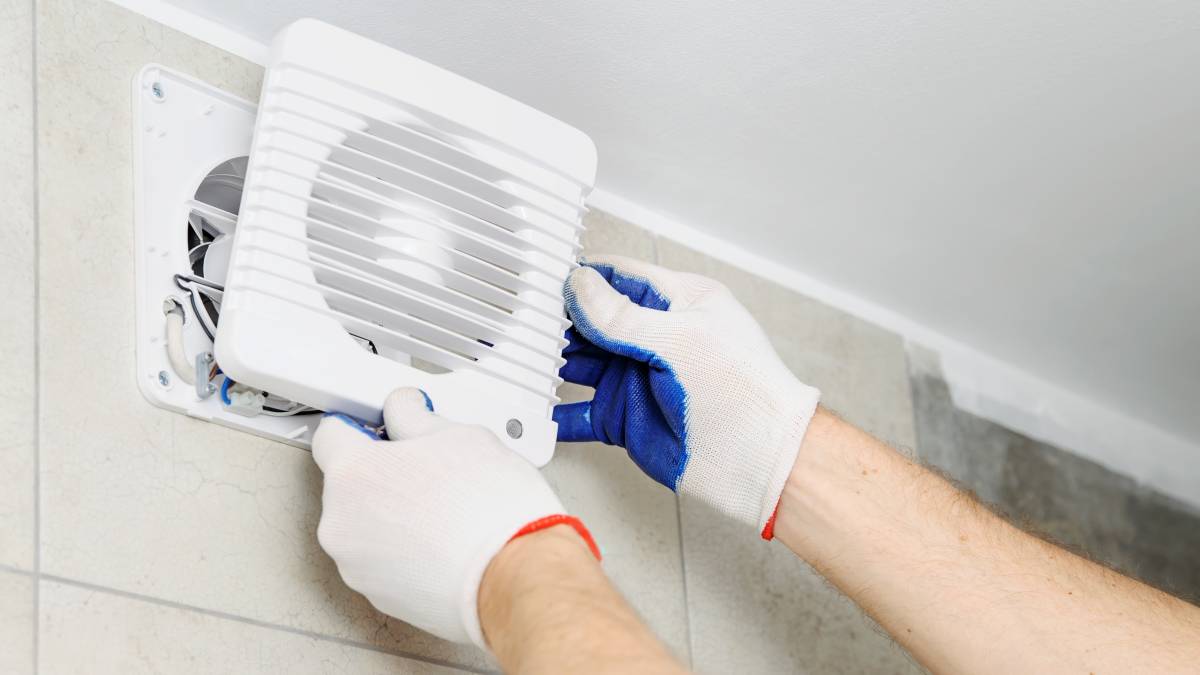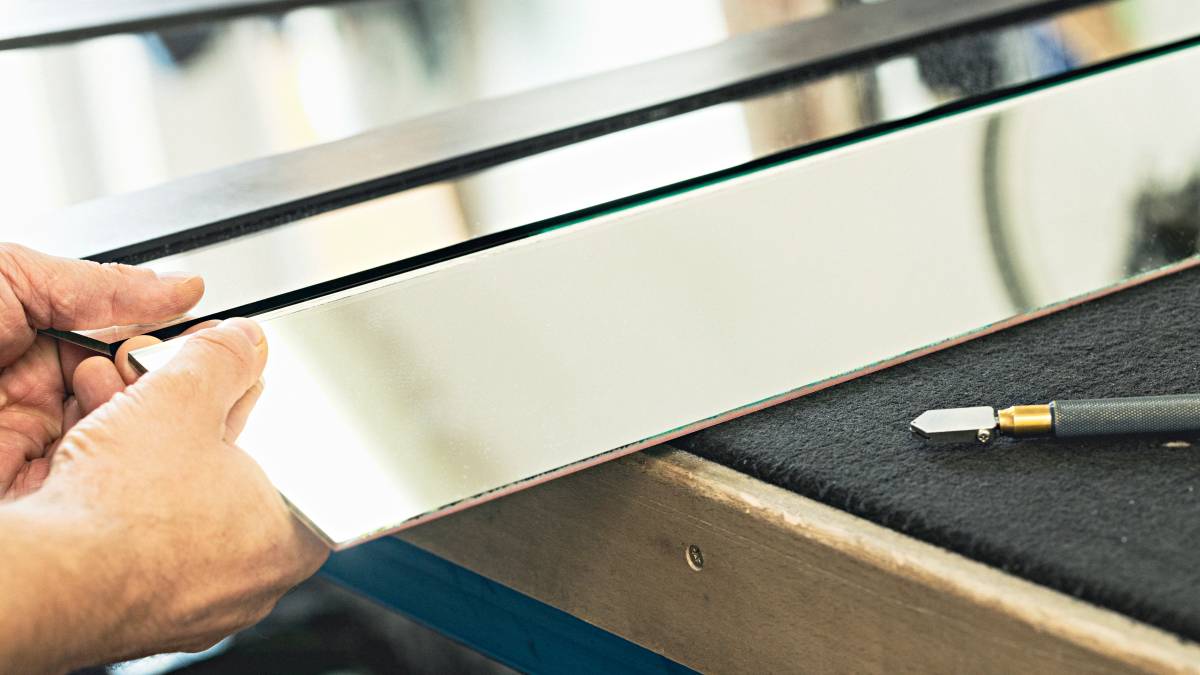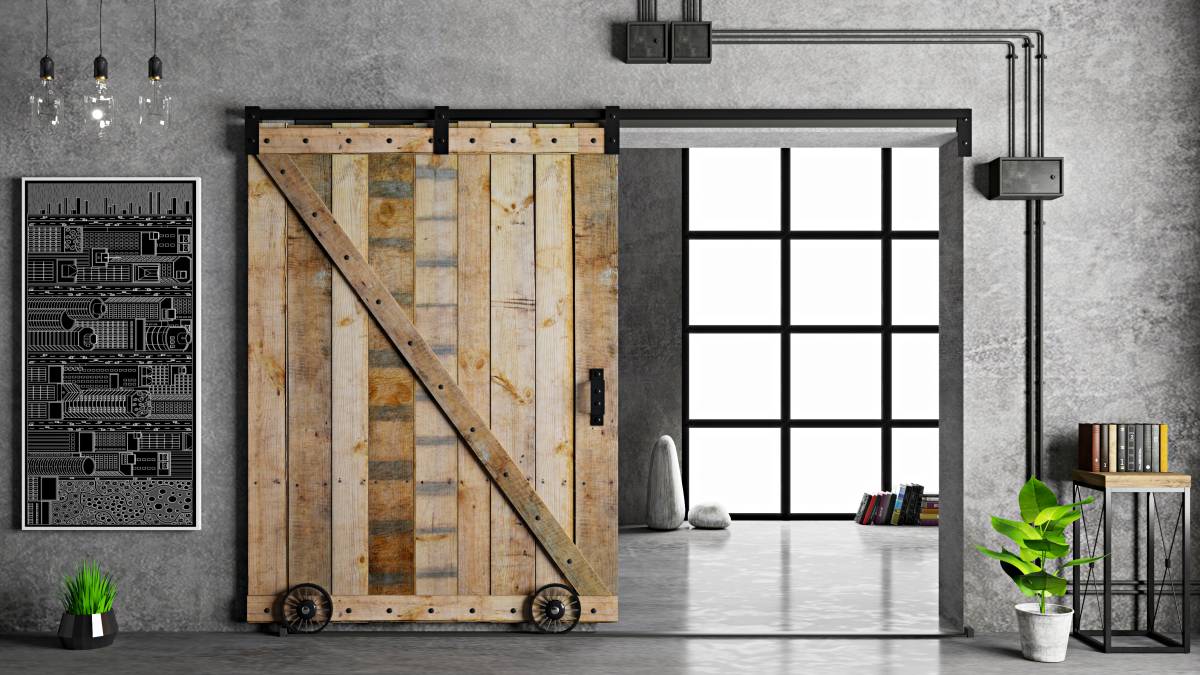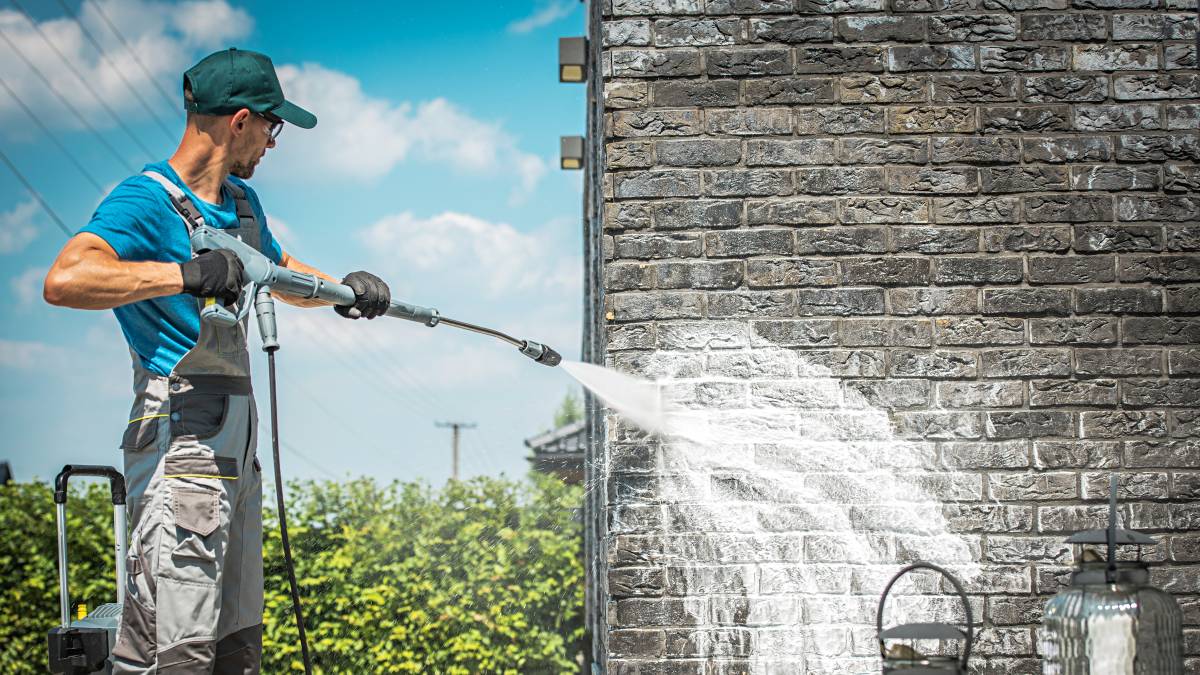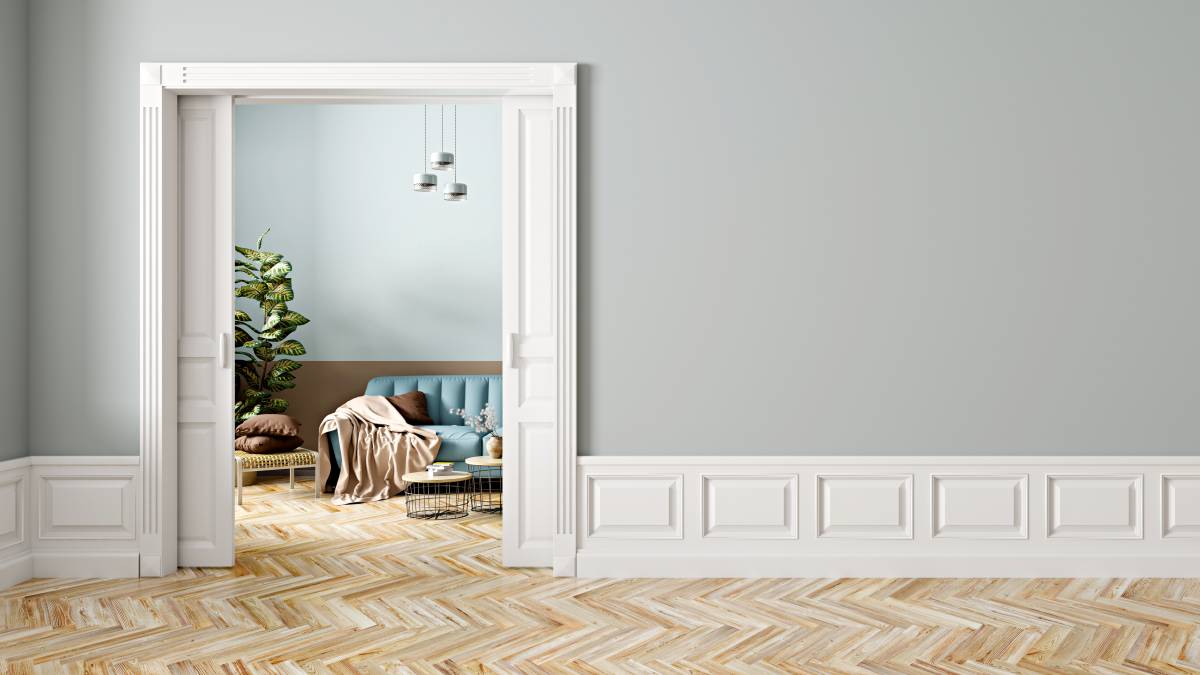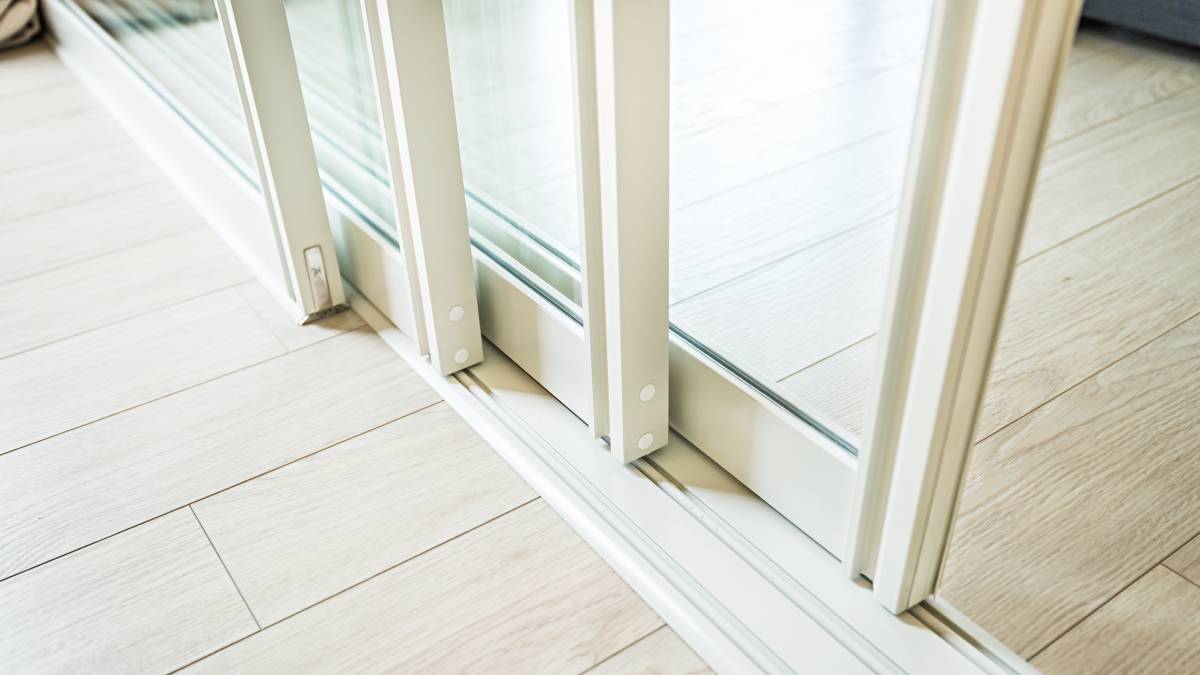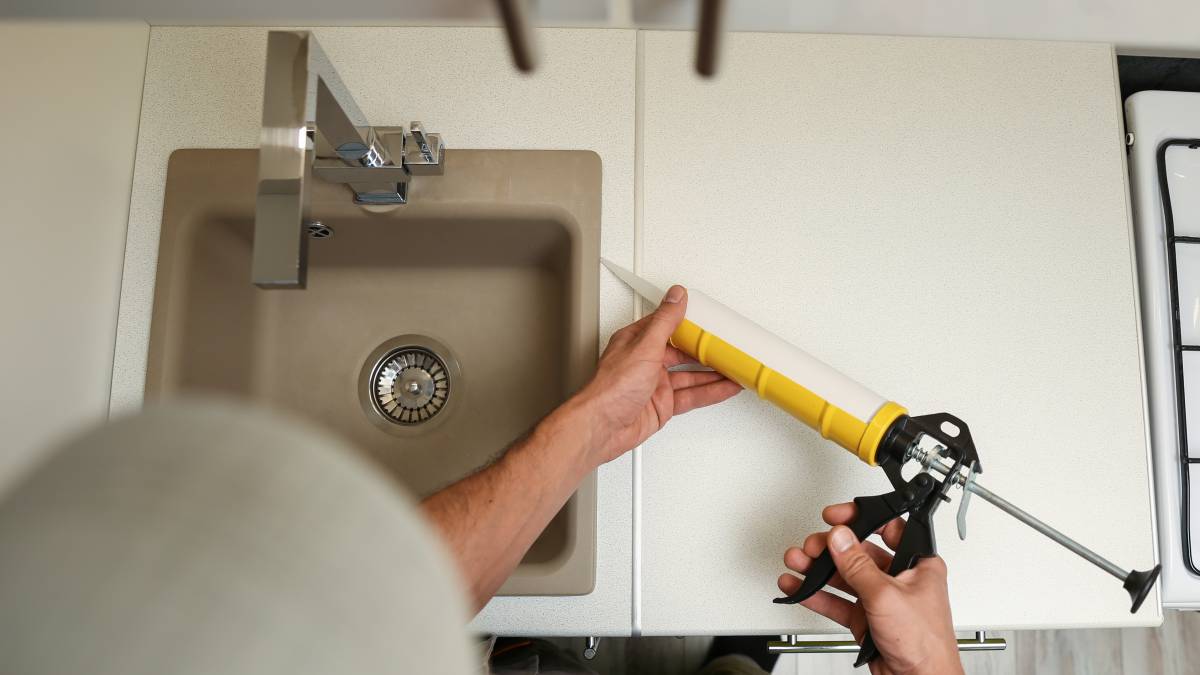
- Home/
- Comparisons/
- Handyman/
- Impact Driver vs Drill
Impact driver vs. drill: Which tool do you need for your project?
Comparing impact drivers and drills based on torque and rotational speed, size and weight, noise and vibration, and more.
Last Updated on
Key Facts
- An impact driver is a power tool ideal for construction, automotive, and home improvement projects. It makes screw driving and fastening easier by using a twisting and hammering action to drive screws and fasteners.
- A drill is a versatile power tool with a chuck for holding various drill bits, suitable for drilling holes in different materials. It also features an adjustable torque that helps prevent damaging the screws and materials.
Are you looking to upgrade your home? Before starting your renovation and assembly projects, ensure you have all the tools you need. Start investing in essential power tools like impact drivers and drills to help you quickly complete all those home improvement projects!
In this guide, learn more about impact drivers vs. drills to help you understand the pros and cons of using each power tool.
What is an impact driver?
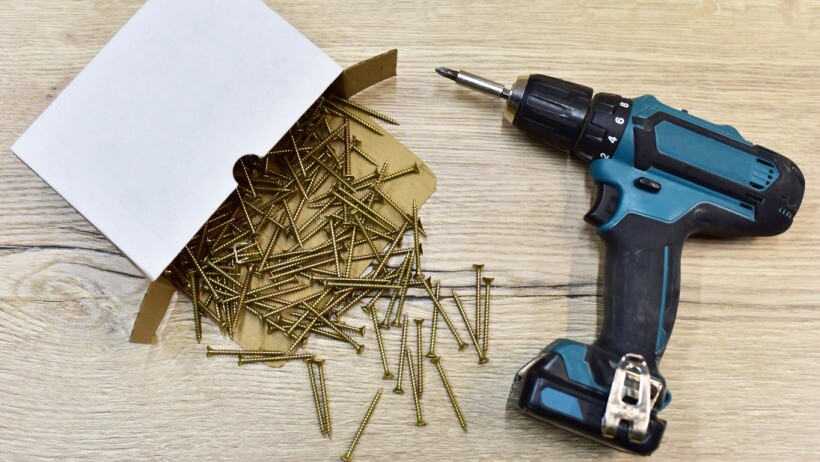
An impact driver is a power tool used for driving screws or bolts and other fasteners to rigid materials like hardwood, metals, and composites. It’s ideal for construction, automotive, and home improvement projects, as it makes screw driving and fastening hardware easier by simply twisting and hammering the screw to push it into the construction material.
Some confuse an impact driver with an impact wrench or impact gun because both tools utilize a hammering action to drive screws and fasteners. However, between impact drivers vs. impact guns, the latter uses more power and force in driving screws and fasteners.
What is a drill?
A drill driver is a versatile power tool with a dual purpose — it drills holes and drives screws. Its drill chuck (the metal device to hold the drill bit or the cutting tool) can hold different drill bits, so you may use a drill driver to bore holes in various construction materials like wood, metal, and plastic.
Another advantage of a drill driver is its adjustable torque with variable speed settings. Torque is the twisting power that a drill or an impact driver applies to turn the screws and bolts in place. With an adjustable torque, the likelihood of damaging the screw or the construction material is reduced.
Drill vs. impact driver: What are their key differences?
Understanding the differences between an impact driver and a drill is vital to avoid using the wrong tool and prevent structural damage. Remember that although both handyman tools have a similar function, which is to drive screws, each has different applications and features.
In terms of torque and rotational speed
Drills have a lower but more consistent torque output and rotational speed than impact drivers. This can be advantageous for projects requiring precise hole placement and size, including drilling pilot holes to prevent the screw from cracking or splitting.
Impact drivers have higher torque than drills due to having an anvil and a hammer. The anvil is one of the internal components of an impact driver responsible for delivering a high torque. Meanwhile, the hammer works to strike the anvil, generating short, powerful bursts.
The durable impact bits for impact drivers are another reason the tool can deliver a high torque output. This allows you to directly drive a fastener into the construction material without pre-drilling holes.
However, an impact driver works a bit slower than a drill in terms of rotational speed. It generates a pulsing action instead of a consistent rotational speed, causing a slight pause when driving a fastener.
TIP: When working with wood, use a pilot hole as a guide for driving screws. This pre-drilling technique not only ensures accurate screw placement but also prevents wood damage, especially when placing a fastener near the edge.
In terms of size and weight
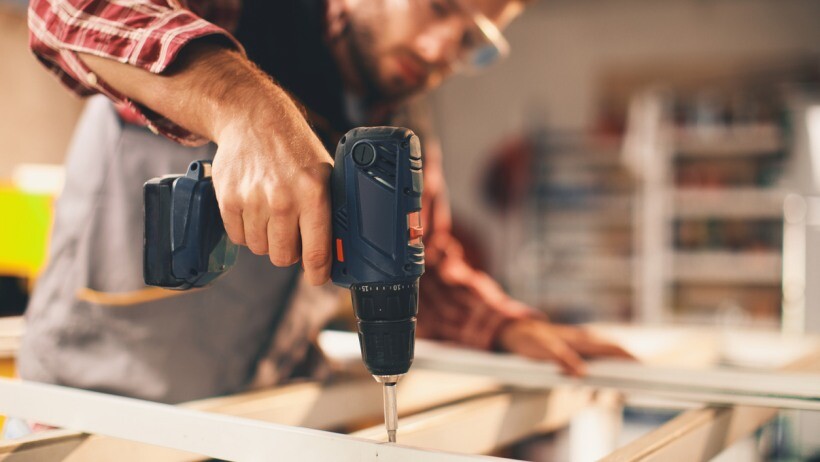
Since driver drills are versatile power tools that can handle various assembling and building tasks, they’re generally larger and heavier than impact drivers. Usually, you should use two hands when operating a drill.
In contrast, impact drivers have a more compact and lightweight design. Their internal components consist of an anvil and hammer, which are smaller than the gearing parts of a drill.
Due to the impact driver having a smaller and lighter design, you may use it with just one hand. This can be advantageous when driving screws while working on a ladder or in confined and cramped areas.
In terms of noise and vibration
Are you worried about disturbing the neighbors while assembling furniture or renovating your house? Refrain from using impact drivers. These power tools are described as rattlers because they produce loud and clicking noises.
But on the flip side, most impact drivers have a vibration-minimized feature. So, even though these tools can be very noisy, you’ll still find them comfortable to use during extended applications.
On the other hand, drills are quieter than impact drivers. Although their motor and gearbox make slight noises, they’re generally more tolerable and less disruptive than the rattling noise that impact drivers generate.
Regarding vibrations, drills produce minimal vibrations, exhibiting a smoother operation. Unlike impact drivers, drills don’t generate a hammering action.
In terms of safety features
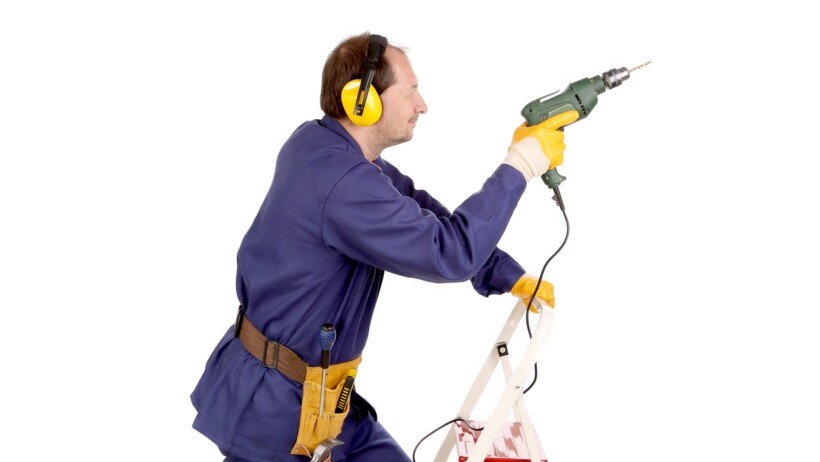
Both impact drivers and drills are safe to use. Impact drivers are small and light, giving users more control and reducing the risk of accidental slips and falls. In addition, an impact driver applies rotational force in quick, repeated pulses instead of a continuously steady force, preventing sudden and violent kickbacks.
Meanwhile, drills have adjustable torque settings. You can use this to reduce the drill’s twisting force, making it more comfortable and less straining on the wrists. In addition, most drills come with a safety auxiliary handle, which helps provide more balance and control to the user.
Although both power tools have several safety features, they can pose risks since drills and impact drivers use sharp drill bits. They also require electric power to work, so practice caution when working with electrical equipment. Instead of resorting to DIY, you can leave the task to an experienced handyperson.
In terms of assembly projects
Impact drivers are best for heavy-duty, repetitive screw-driving tasks such as assembling and disassembling furniture, and building sheds. They use a hexagonal shank bit (the non-cutting end of the drill bit that attaches to the chuck of the impact driver), allowing users to remove and change the drill bit quickly.
Conversely, drills are equipped with a three-jaw chuck for bit retention, accommodating various drill bits of different shapes and sizes. This makes drills ideal for lighter and more precise tasks, including home repairs, DIY projects, and mounting fixtures.
In terms of cost
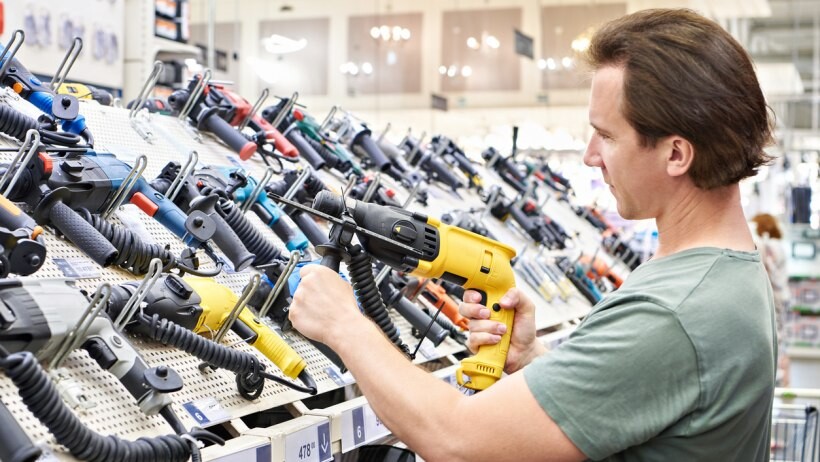
Impact drivers are more expensive than standard drills because they have higher torque and specialized mechanisms. For reference, the price range for impact drivers in Australia is $60 - $750.
Drills are more affordable, so these power tools are best for basic home improvement tasks. However, their prices vary greatly, with basic models priced at around $40, while the more expensive options built for heavy-duty work are priced at around $740.
Professional help is also needed when handling complex building and assembling projects, so consider the cost of hiring an expert handyperson near you.
Streamline your DIY projects with Airtasker
Impact drivers and drills are handy for DIY projects, but professional help might be necessary for more significant tasks like building a pergola or refacing kitchen cabinets.
Hiring a skilled handyperson from Airtasker ensures the job is done safely and with high quality. Don’t hesitate to get the expert assistance you need for professional results!
Impact driver vs. drill
Impact Driver |
Drill | |
| Torque and Rotational Speed |
Higher torque but slower rotational speed with pulsing action |
Lower but more consistent torque and rotational speed |
| Size and Weight |
More compact and lightweight; usable with one hand |
Larger and heavier; generally requires two hands |
| Noise and Vibration |
Loud and produces clicking noises; vibration-minimized feature |
Quieter operation and minimal vibrations; smoother operation |
| Safety Features |
Small and light, quick repeated pulses to prevent kickbacks |
Adjustable torque settings, safety auxiliary handle for balance and control |
| Assembly Projects |
Best for heavy-duty, repetitive screw-driving tasks |
Ideal for lighter, precise tasks, home repairs, and DIY projects |
| Cost |
More expensive; $99 - £4,500 |
More affordable; $35 - $1,400 |
FAQs on impact drivers and drills
It depends on the material you are currently working on. You have two options: metal drill bit or wood. Obviously, you have to choose metal drill bits when working with metal and steel. The same goes for woodworking projects; wood drill bits are best.
Yes, it’s ok to use an impact driver as a drill only if you have a hex-shank drill bit on hand. However, it can’t bore precise holes, unlike standard hammer drills.
Since an impact driver delivers a high torque output, avoid using it when working with small screws and fasteners. It can overdrive the fastener, damaging the material and the fastener itself.
Also, don’t use an impact driver when driving a fastener into brittle materials like ceramics, glass, and plastics because the hammering action of the impact driver can cause these materials to crack or shatter
Find handyman, fast
Post a task
Related articles

Install a screen door in 6 steps
Read more

How to Soundproof a Room
Read more
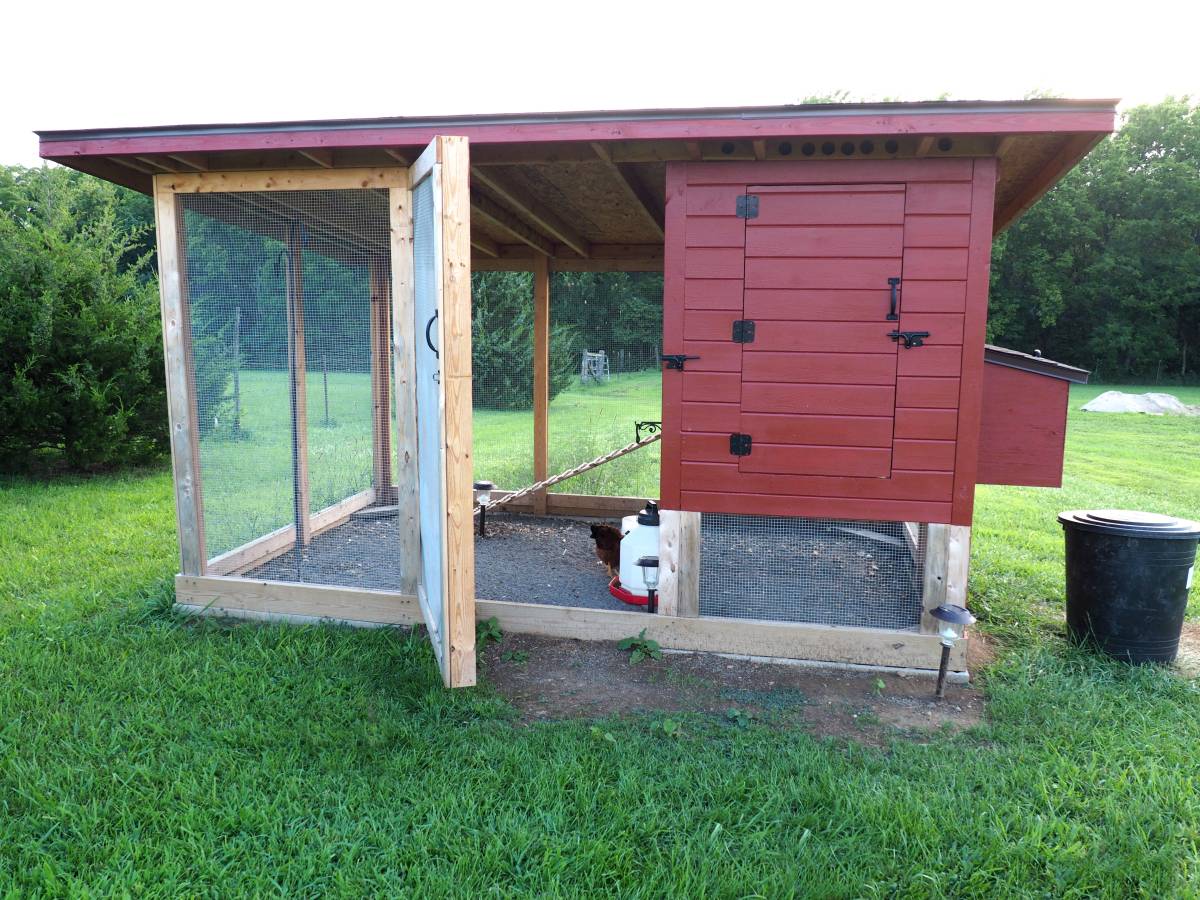
How to fox proof your chicken coop
Read more

How to install curtain rods
Read more
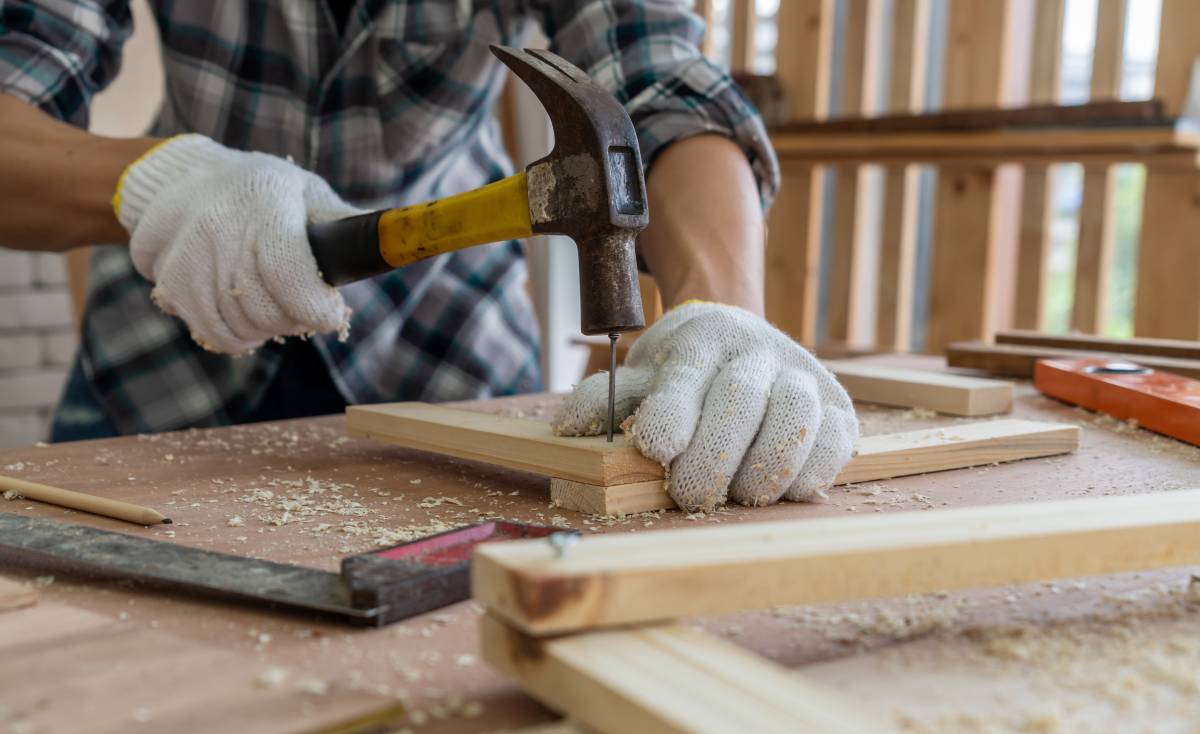
Best blue-collar jobs on Airtasker
Read more
Related price pages

How much does treadmill repair cost?
Read more
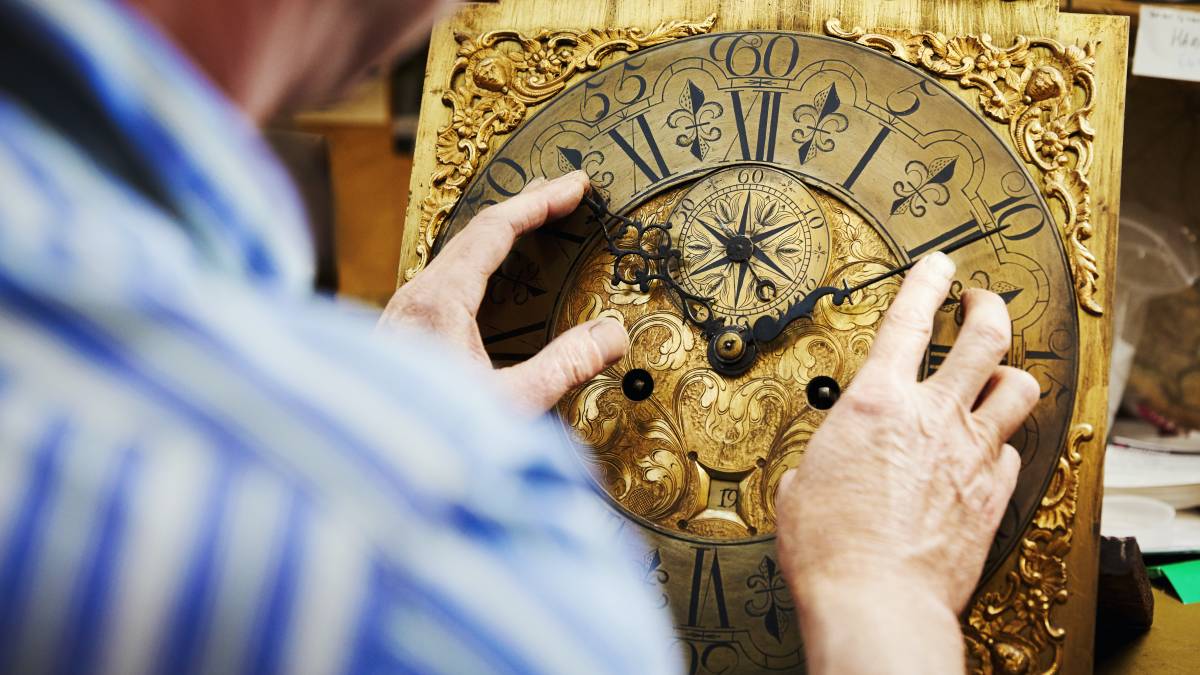
How much does clock repair cost?
Read more
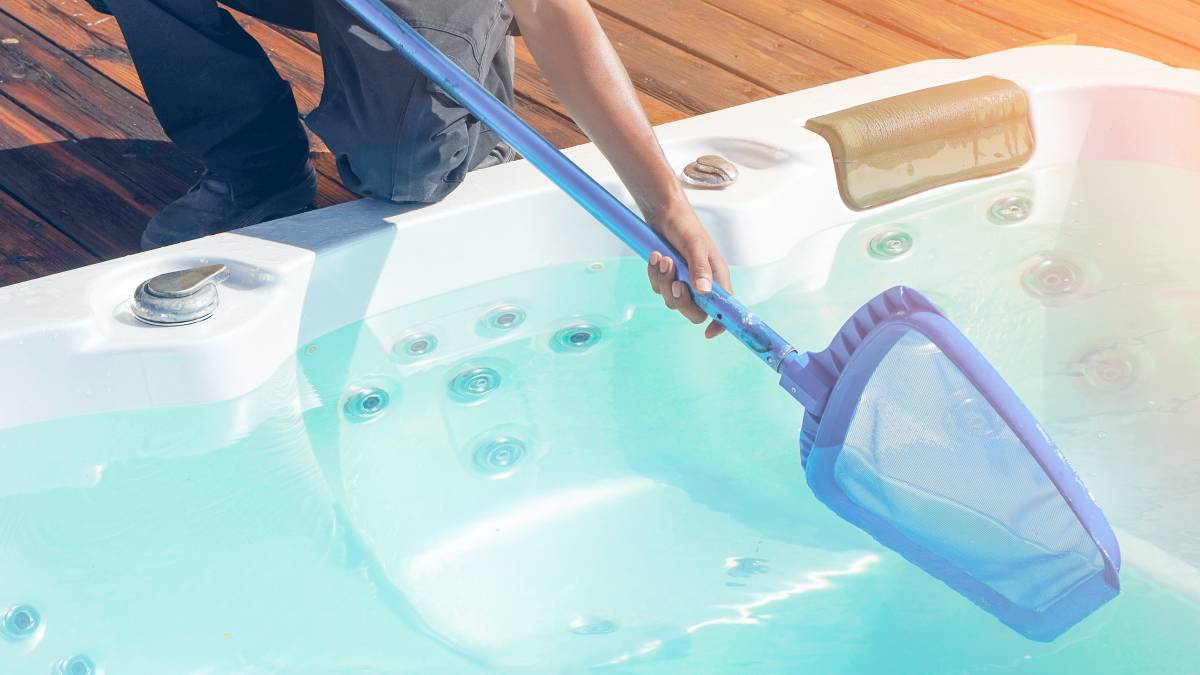
How much does hot tub repair cost?
Read more
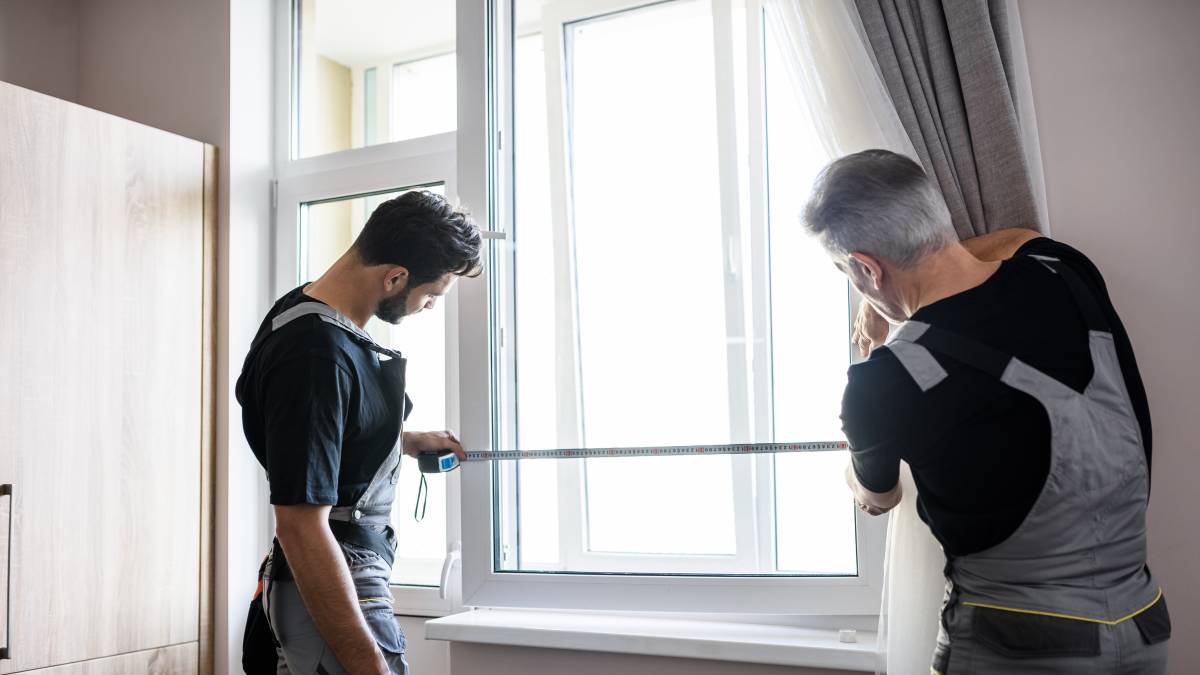
How much do roman blinds cost?
Read more

How much does a sunroom cost?
Read more
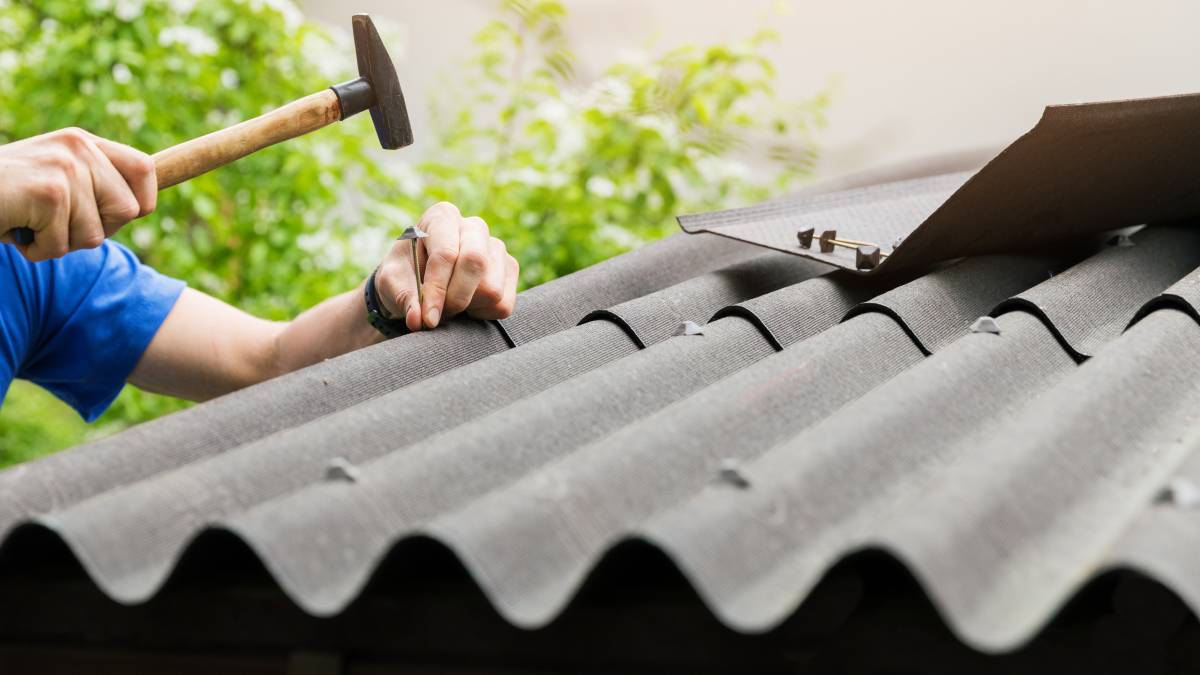
How much does shed roof repair cost?
Read more
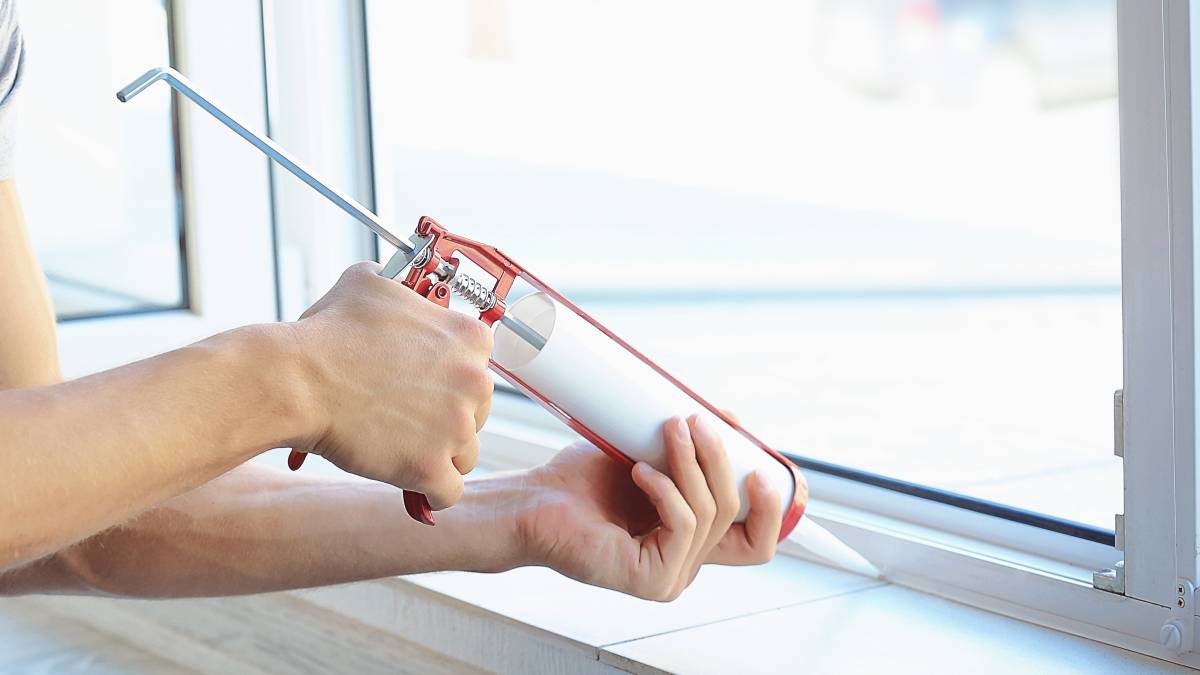
How much does window repair cost?
Read more

How much does signage cost?
Read more
